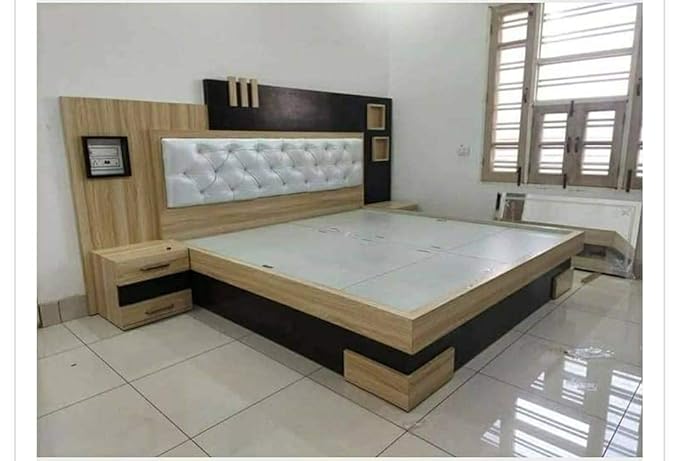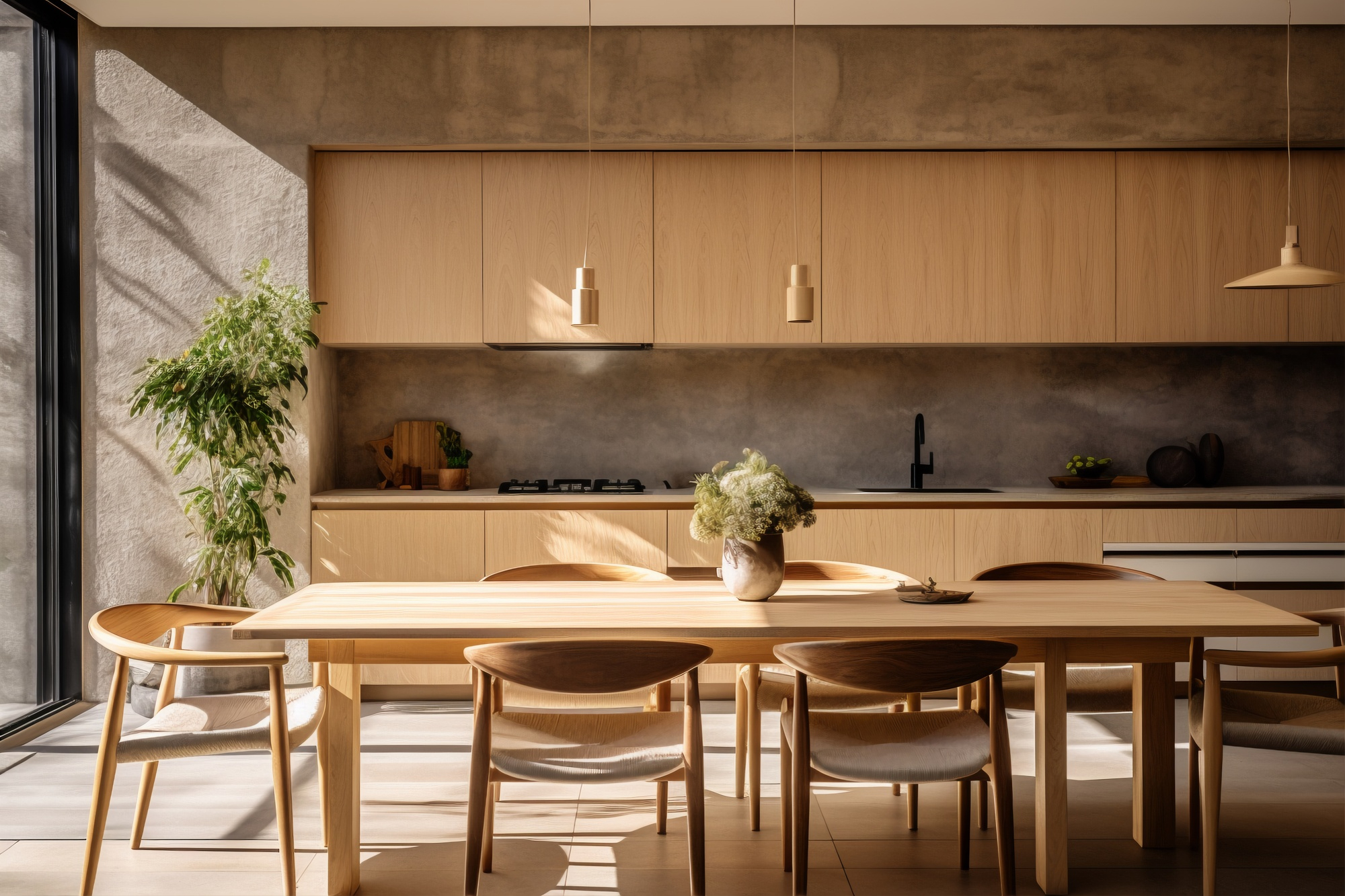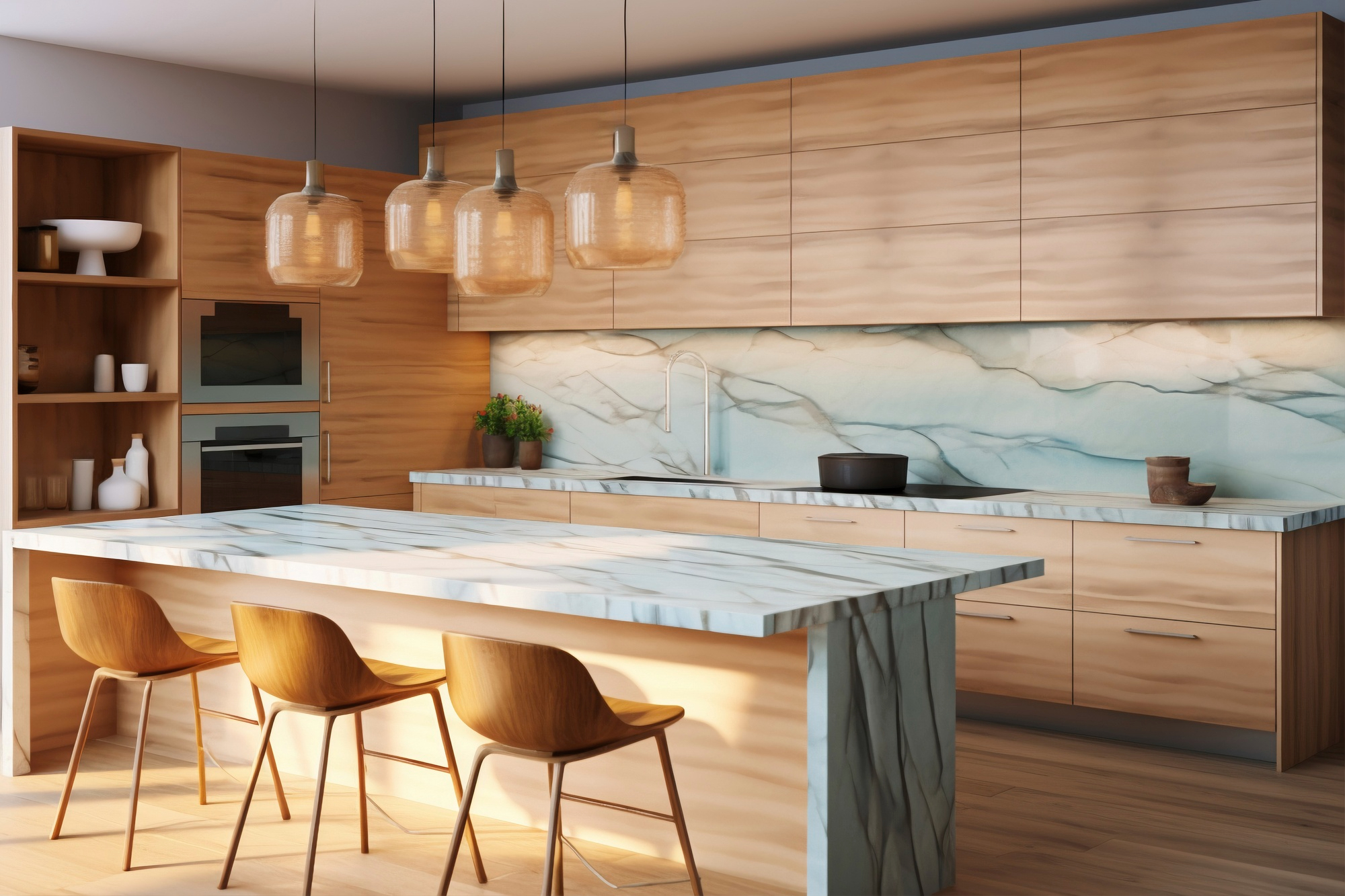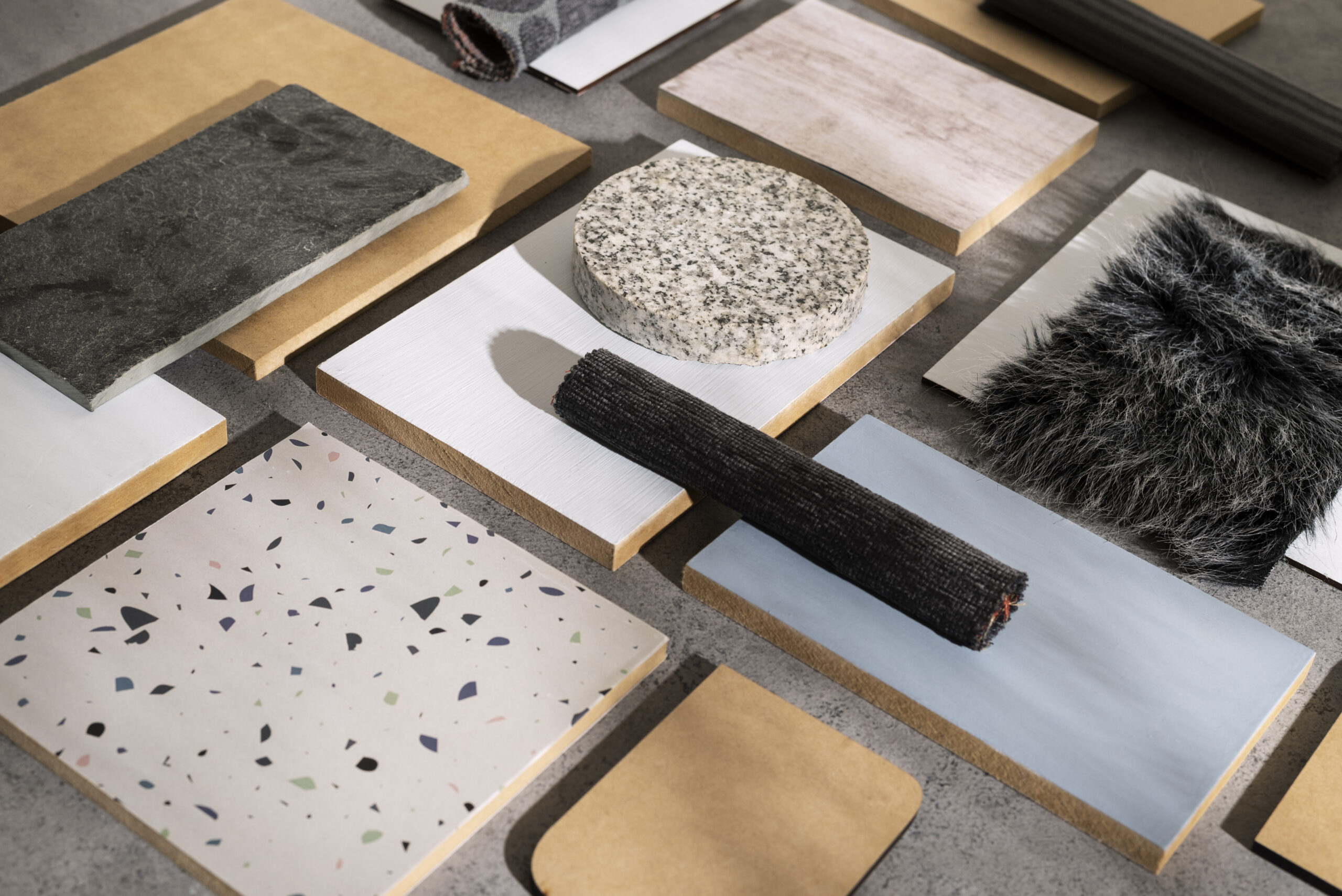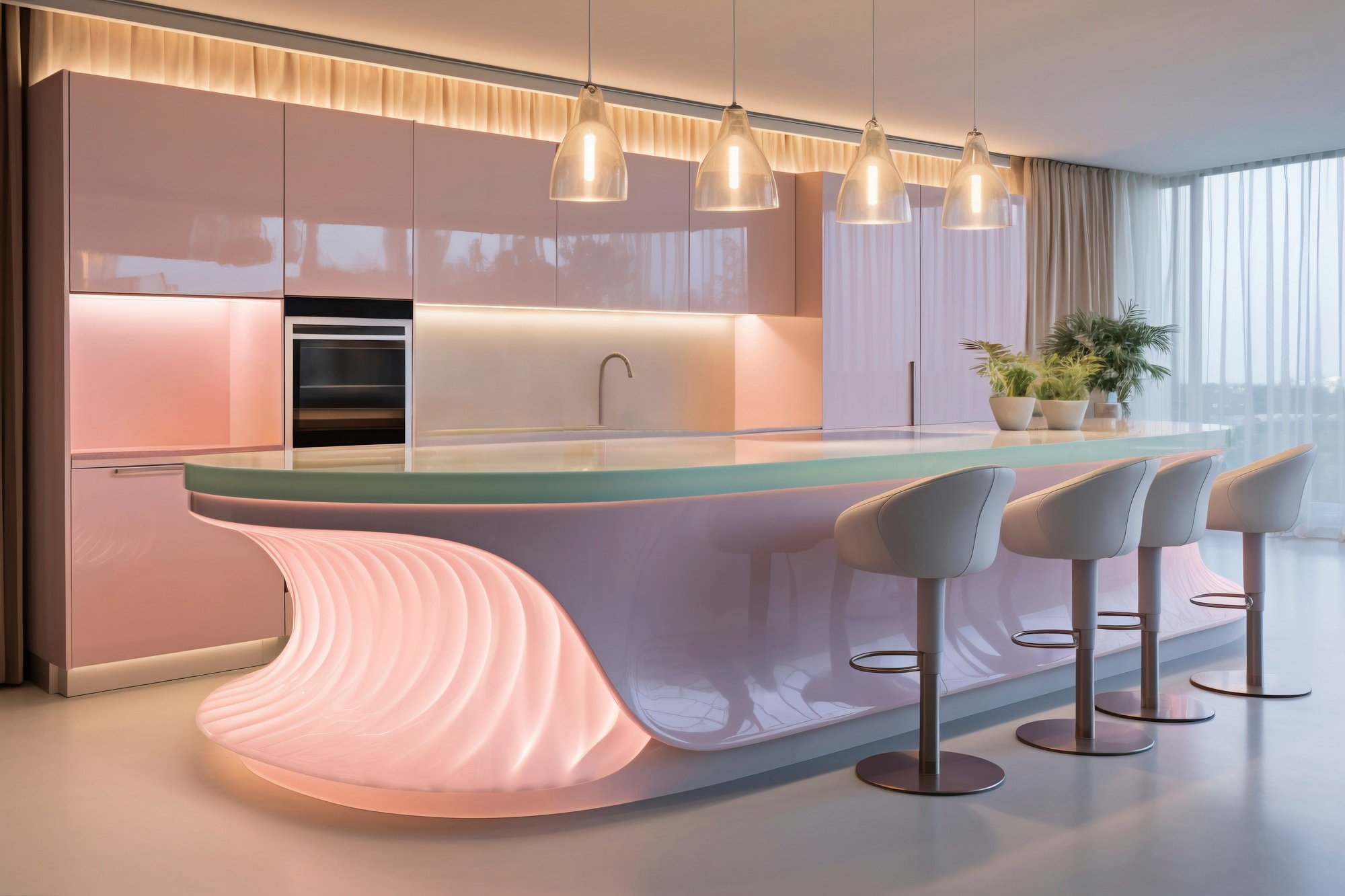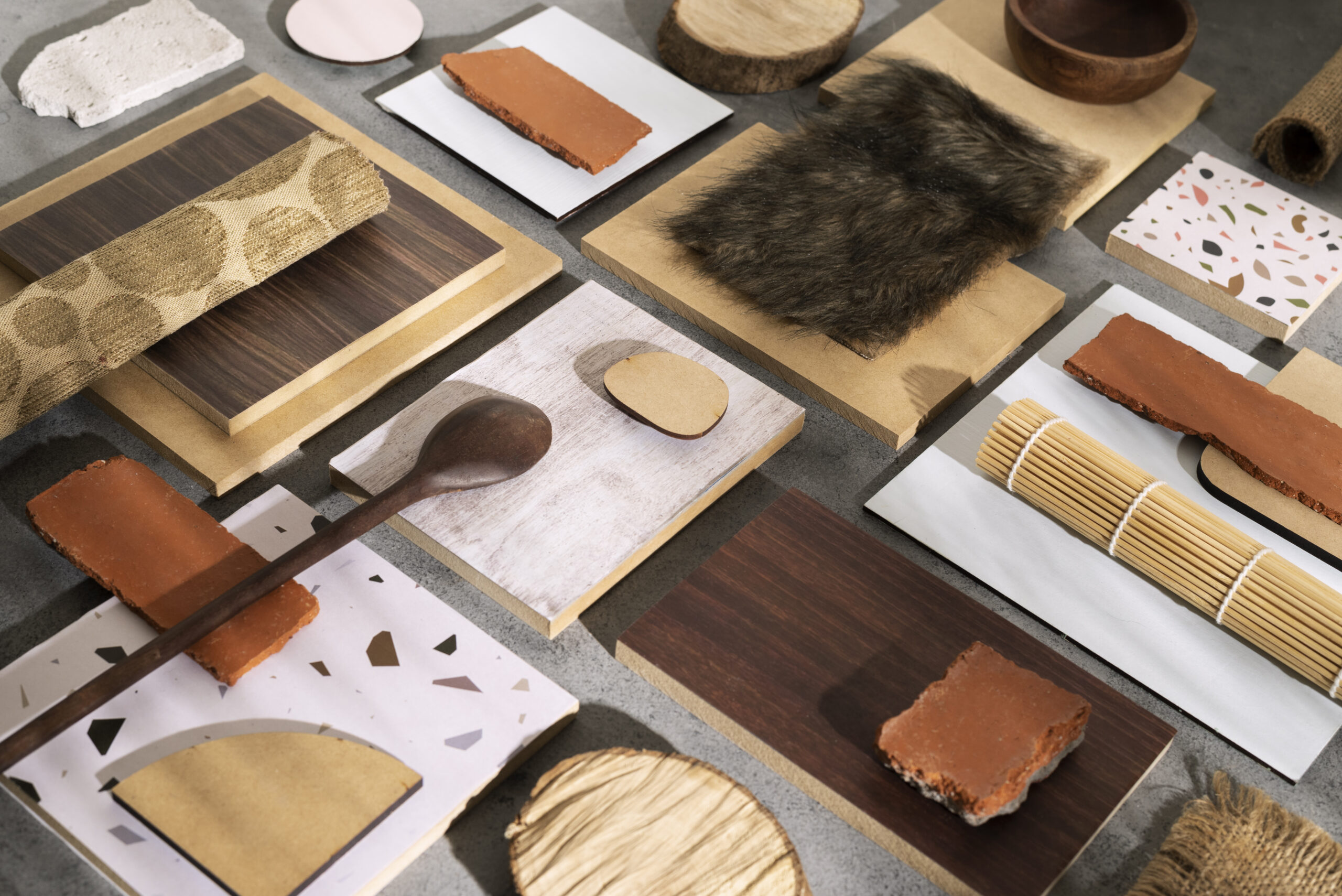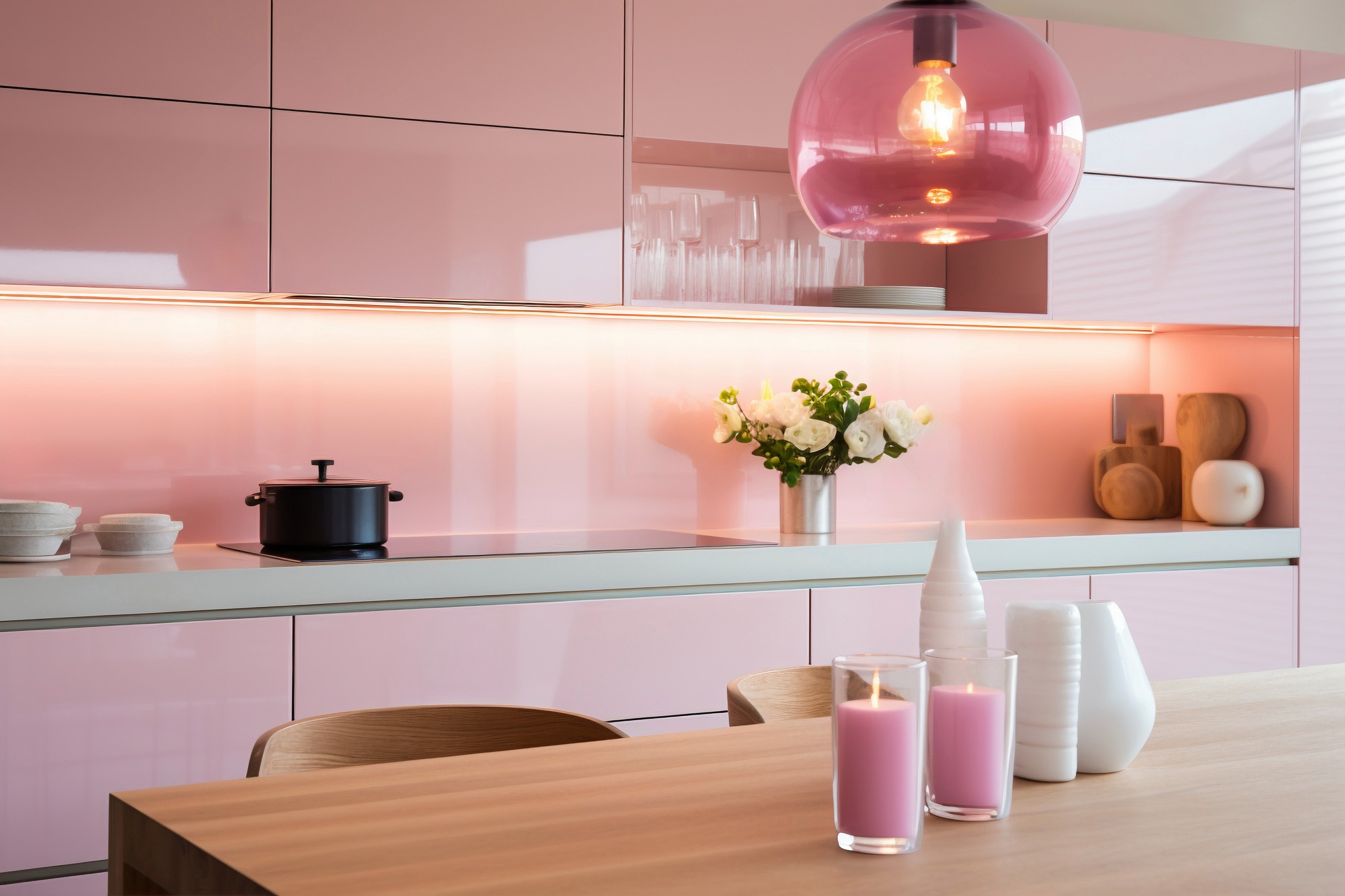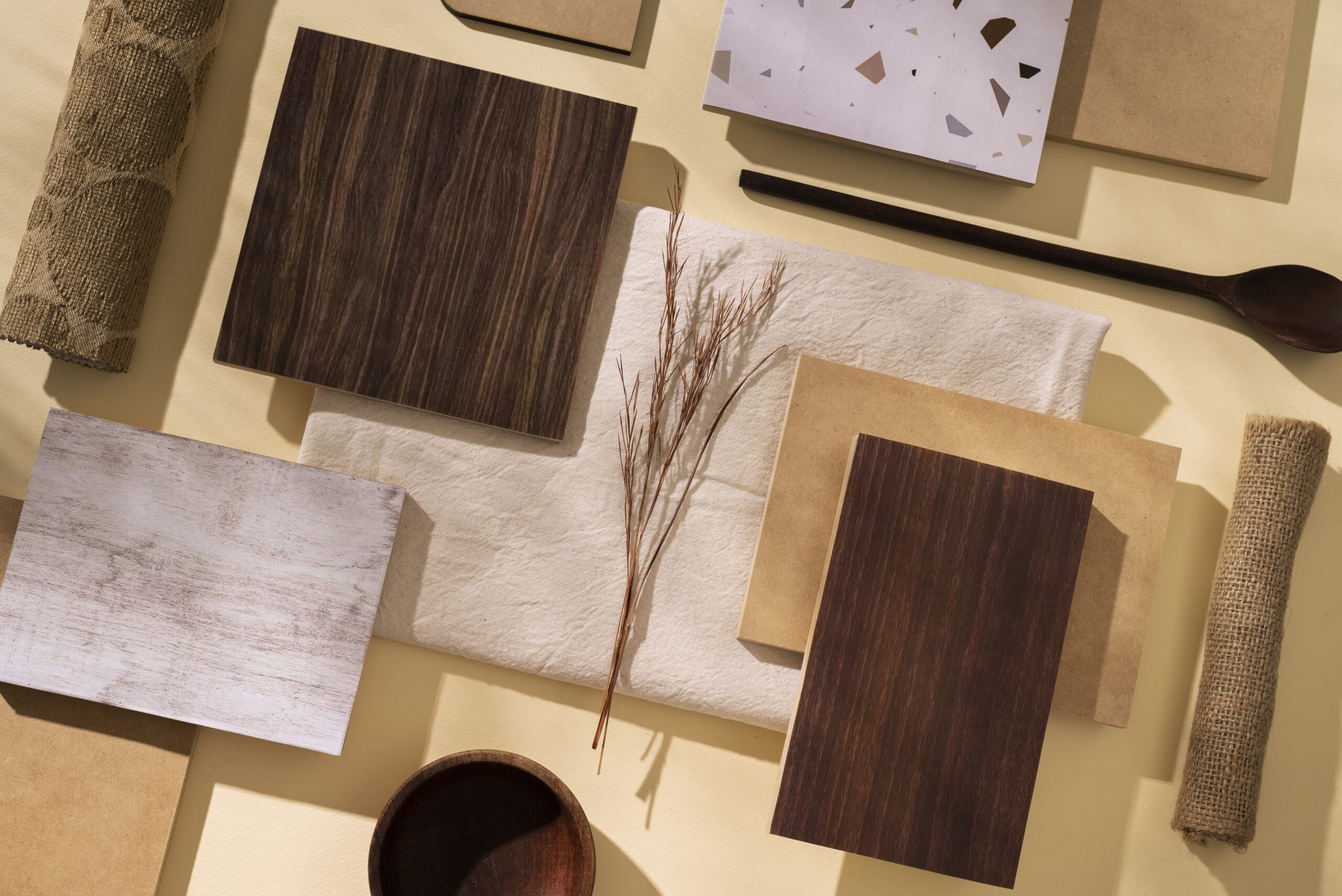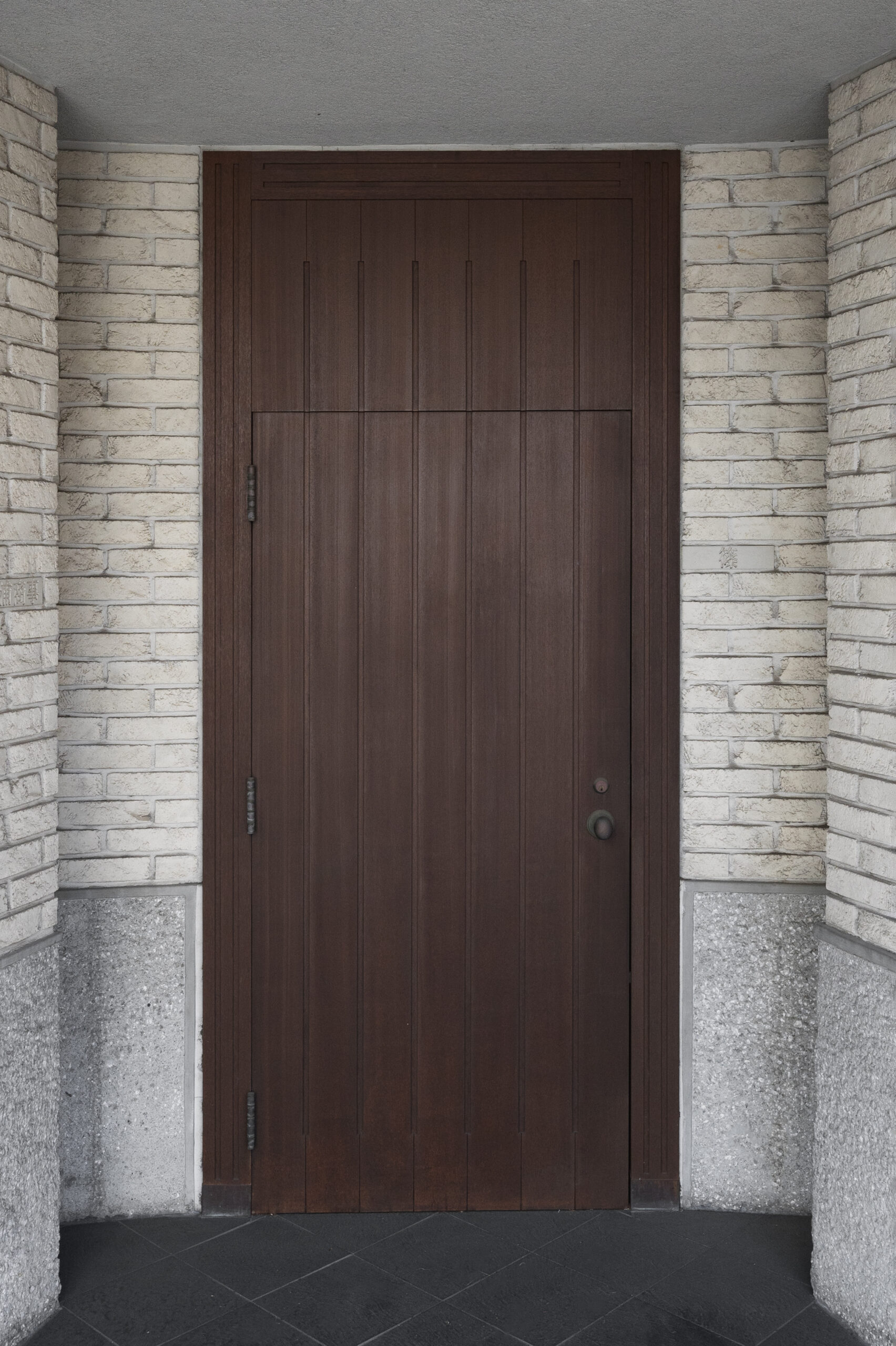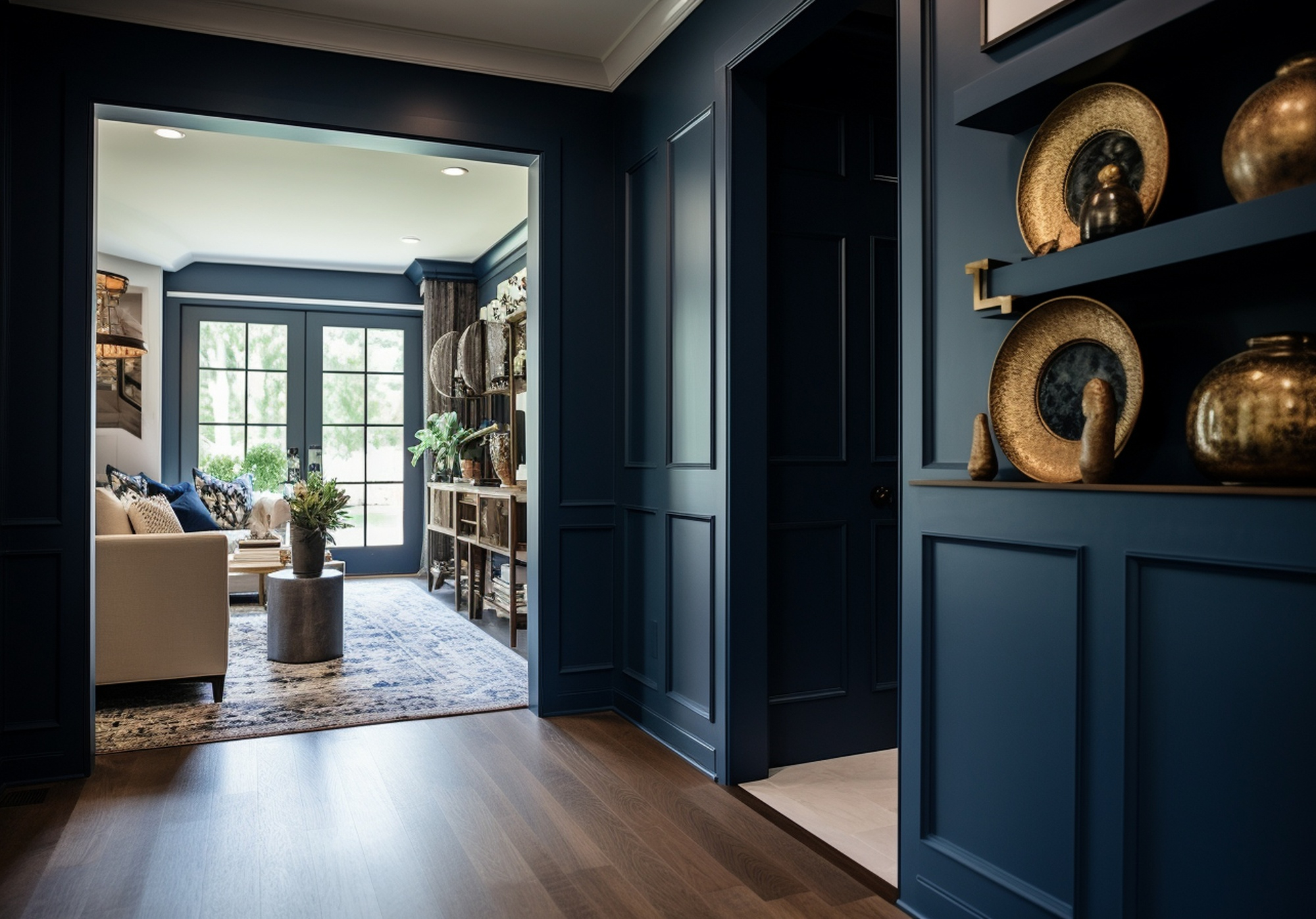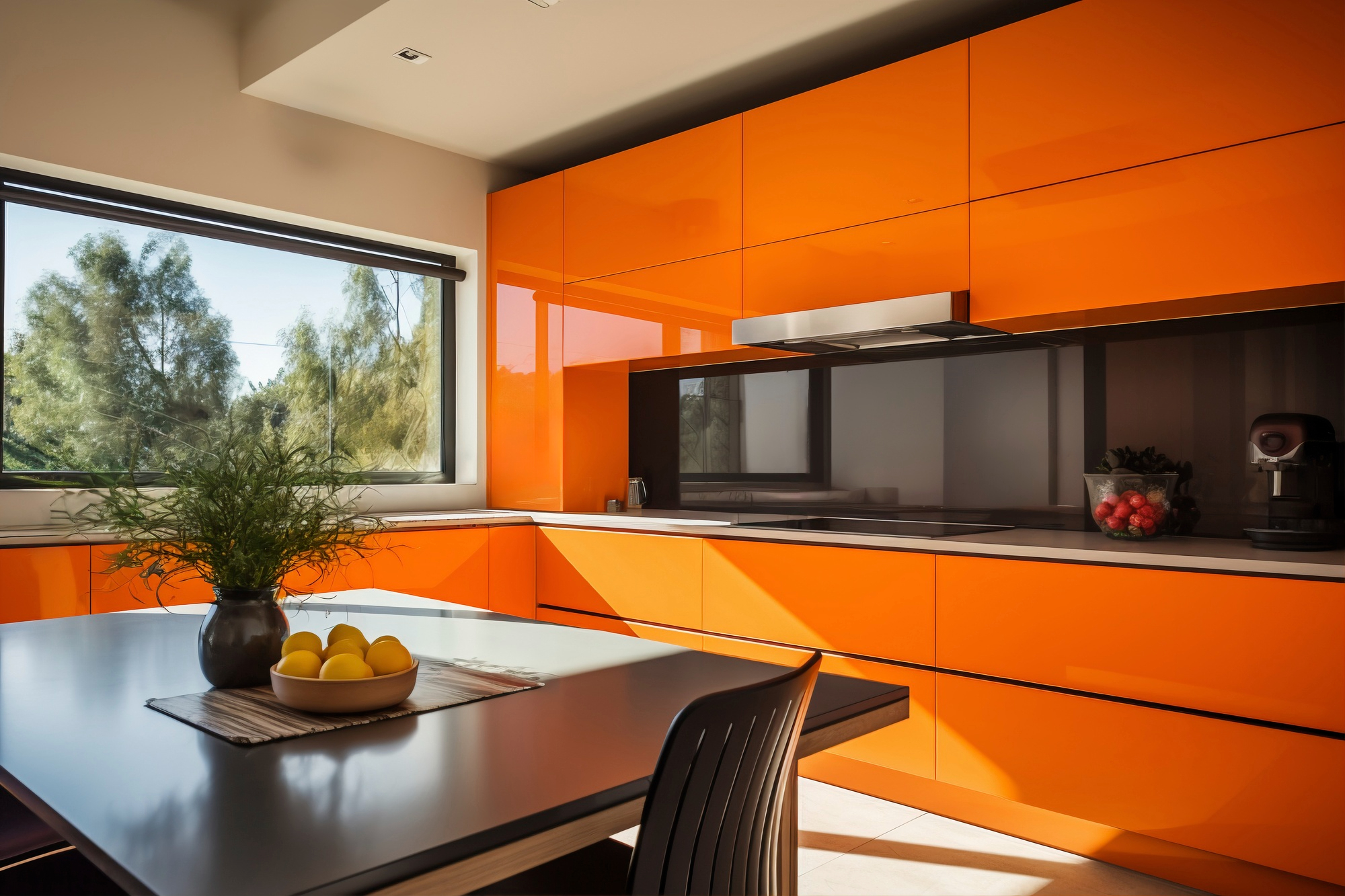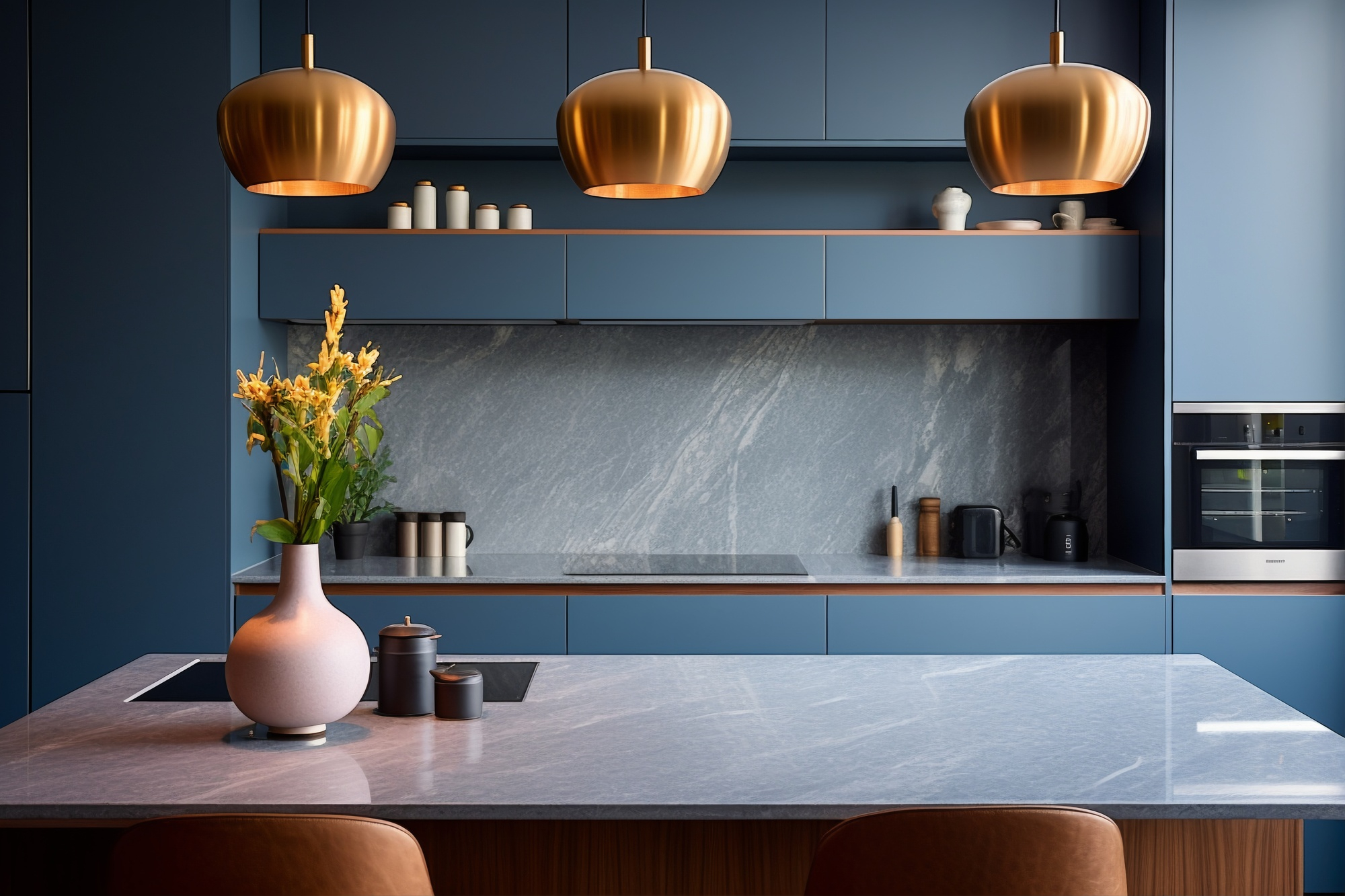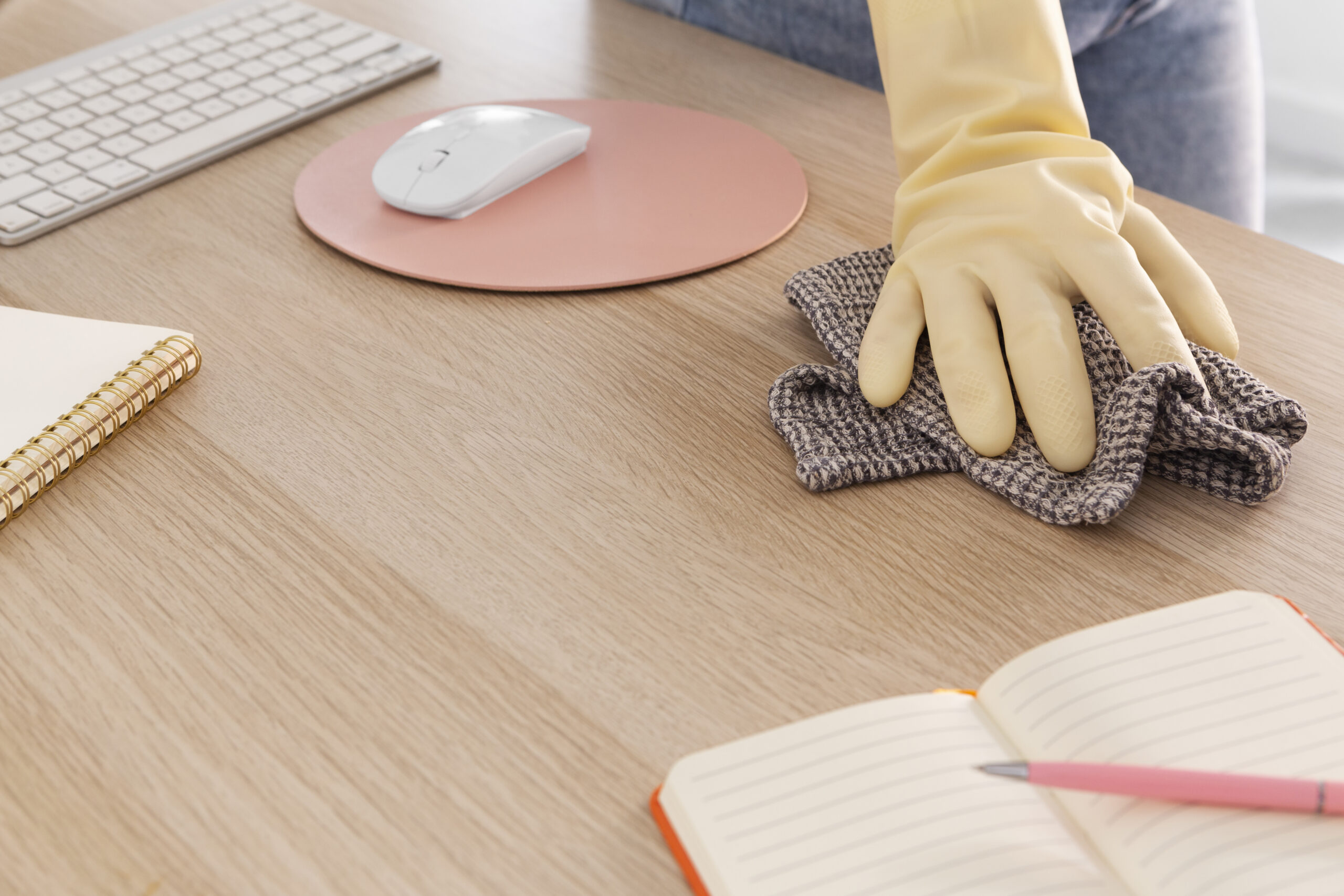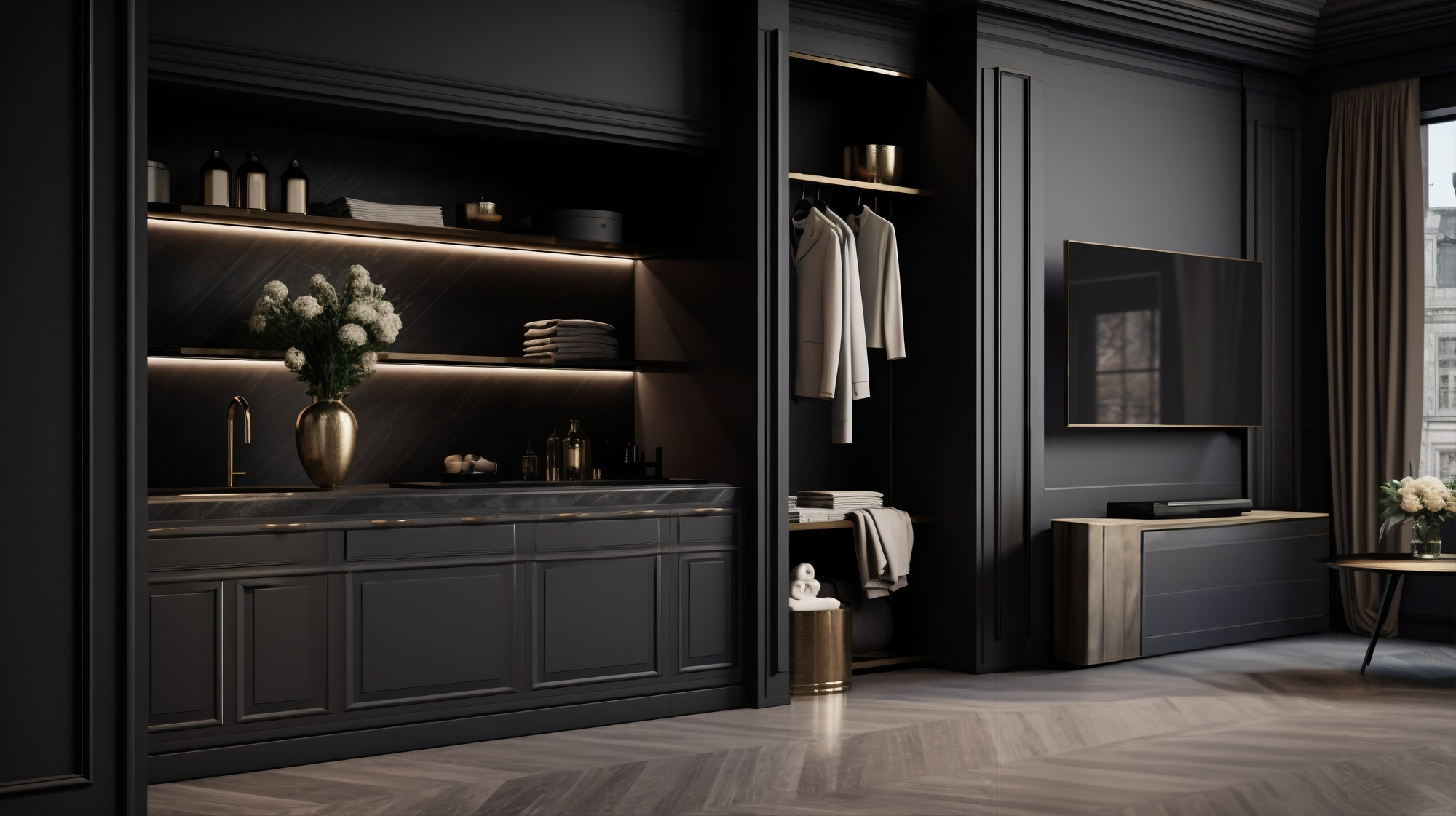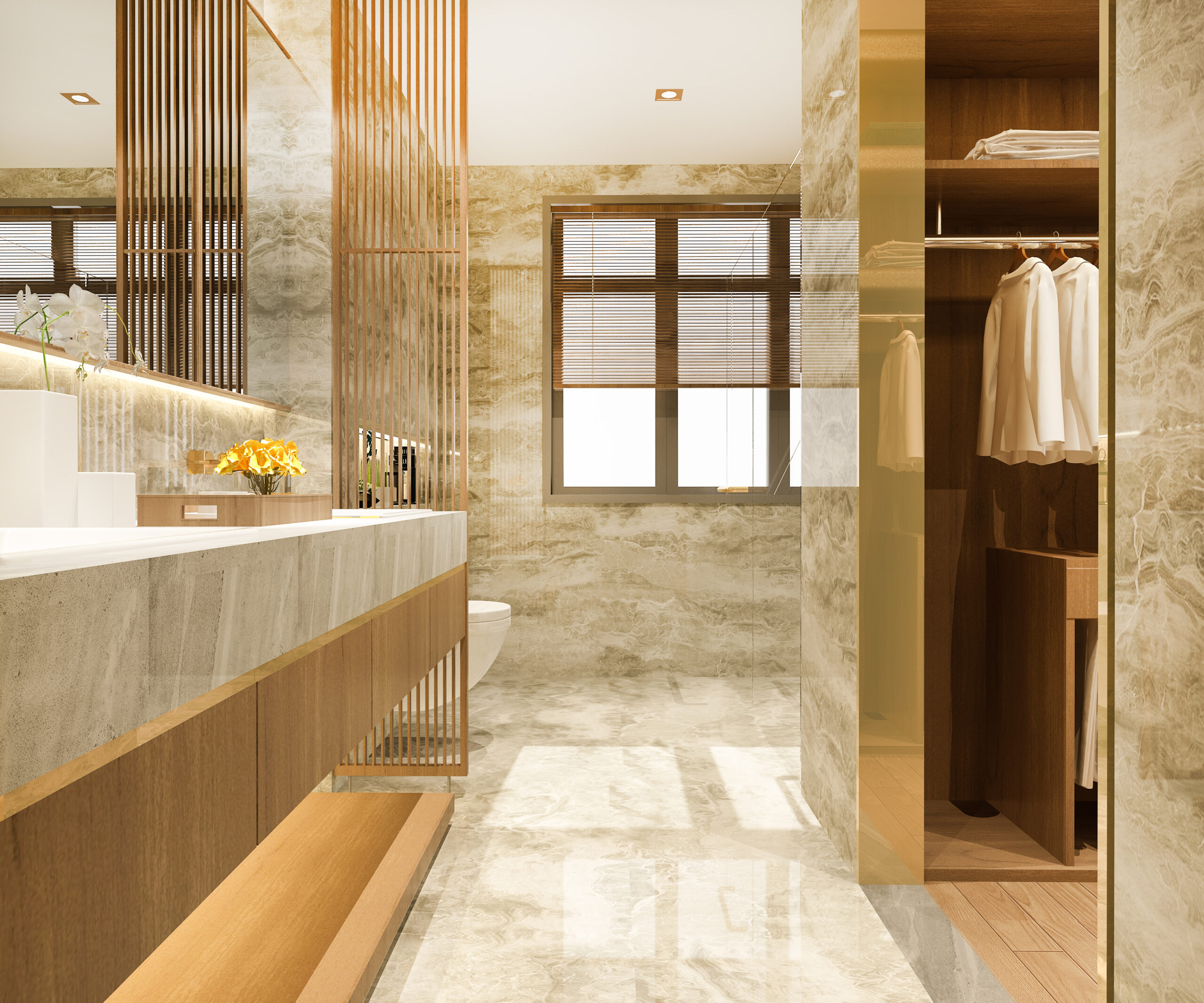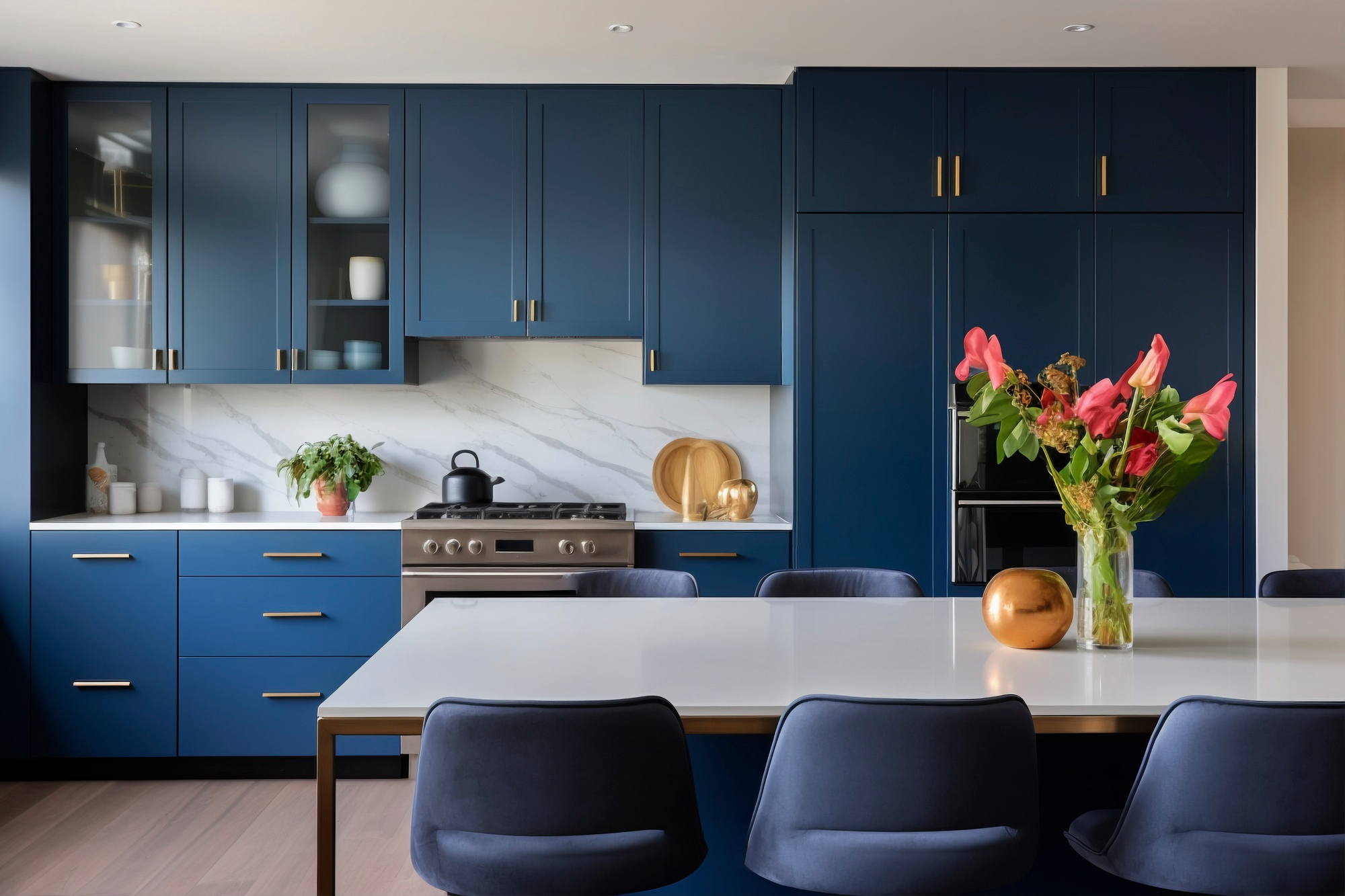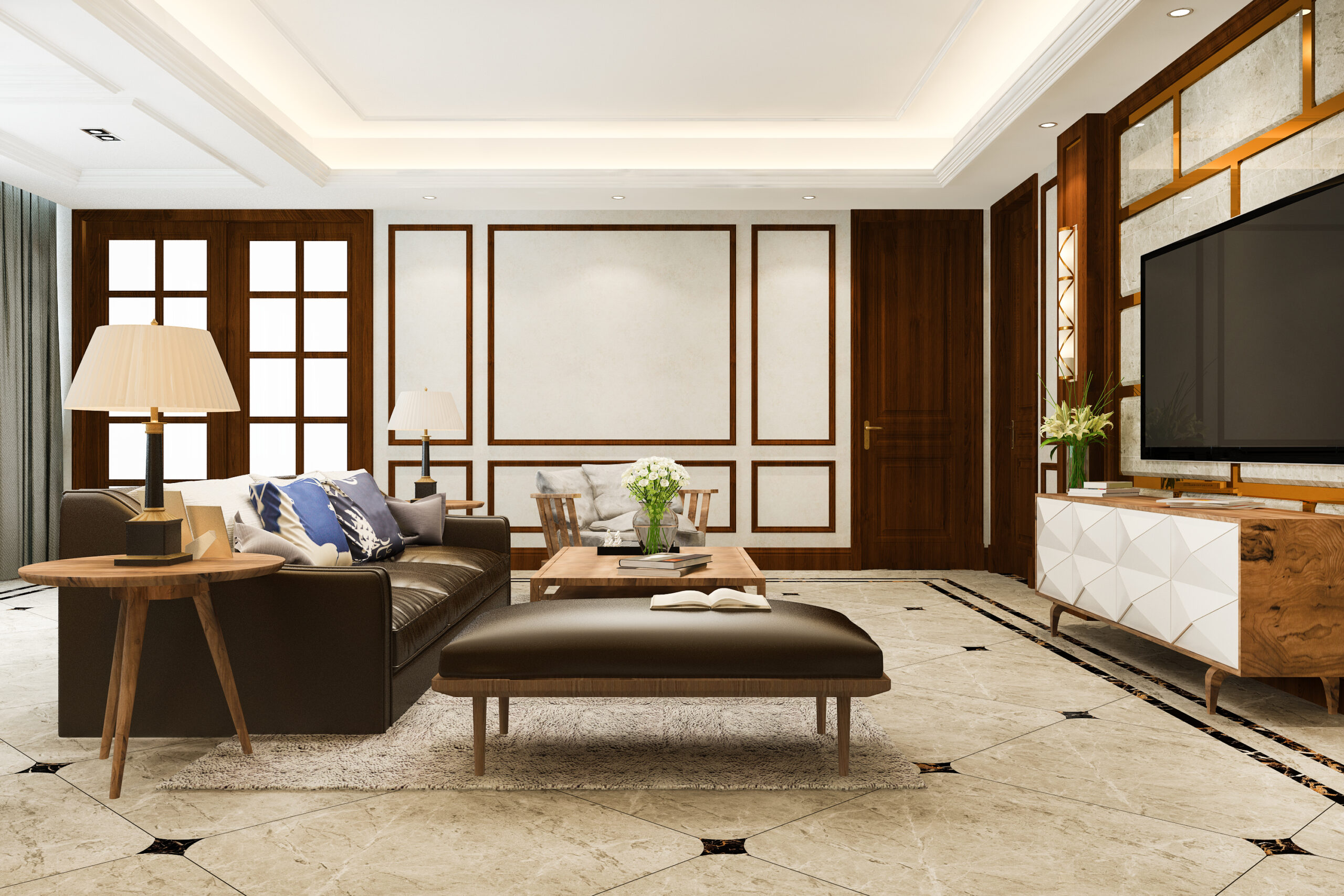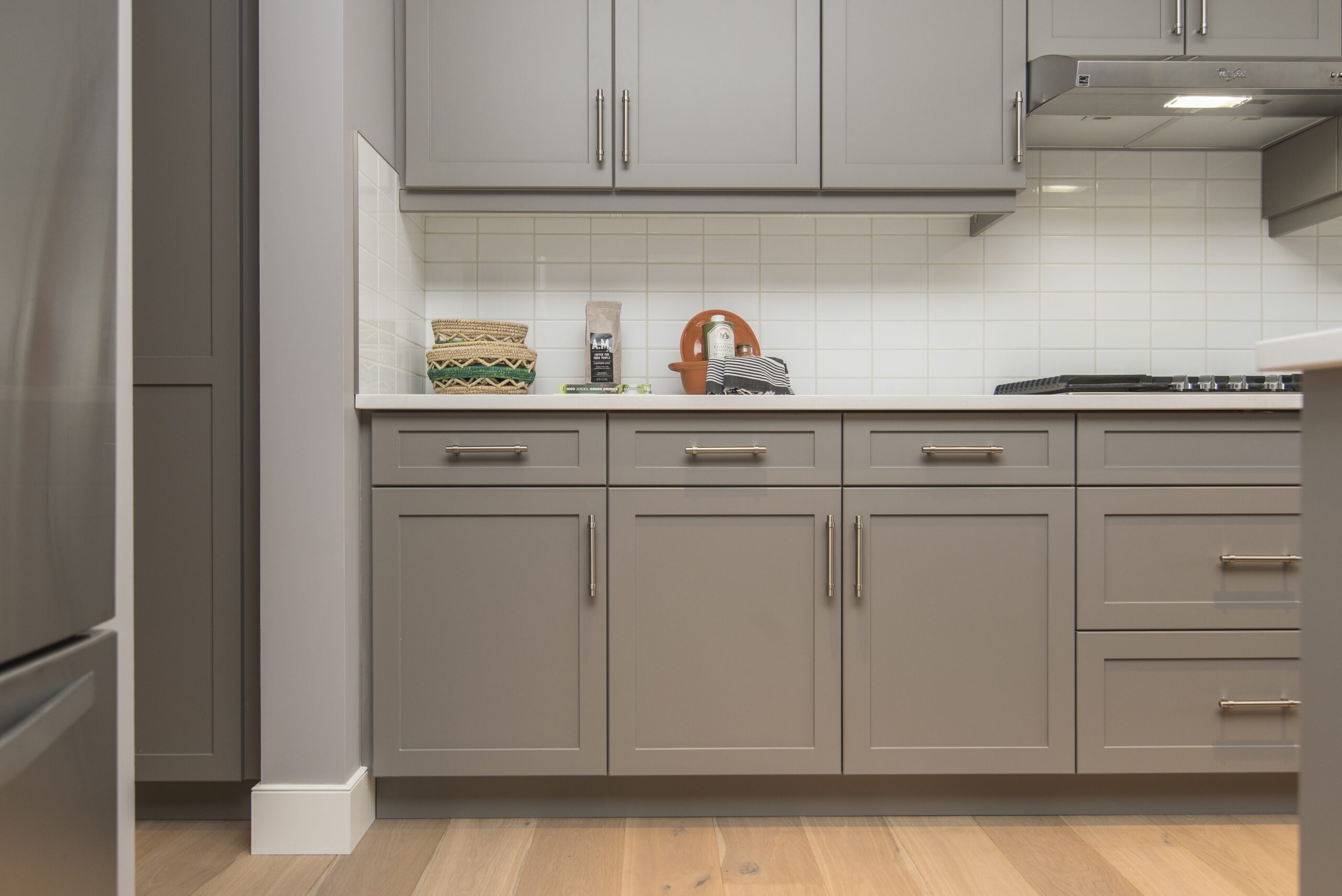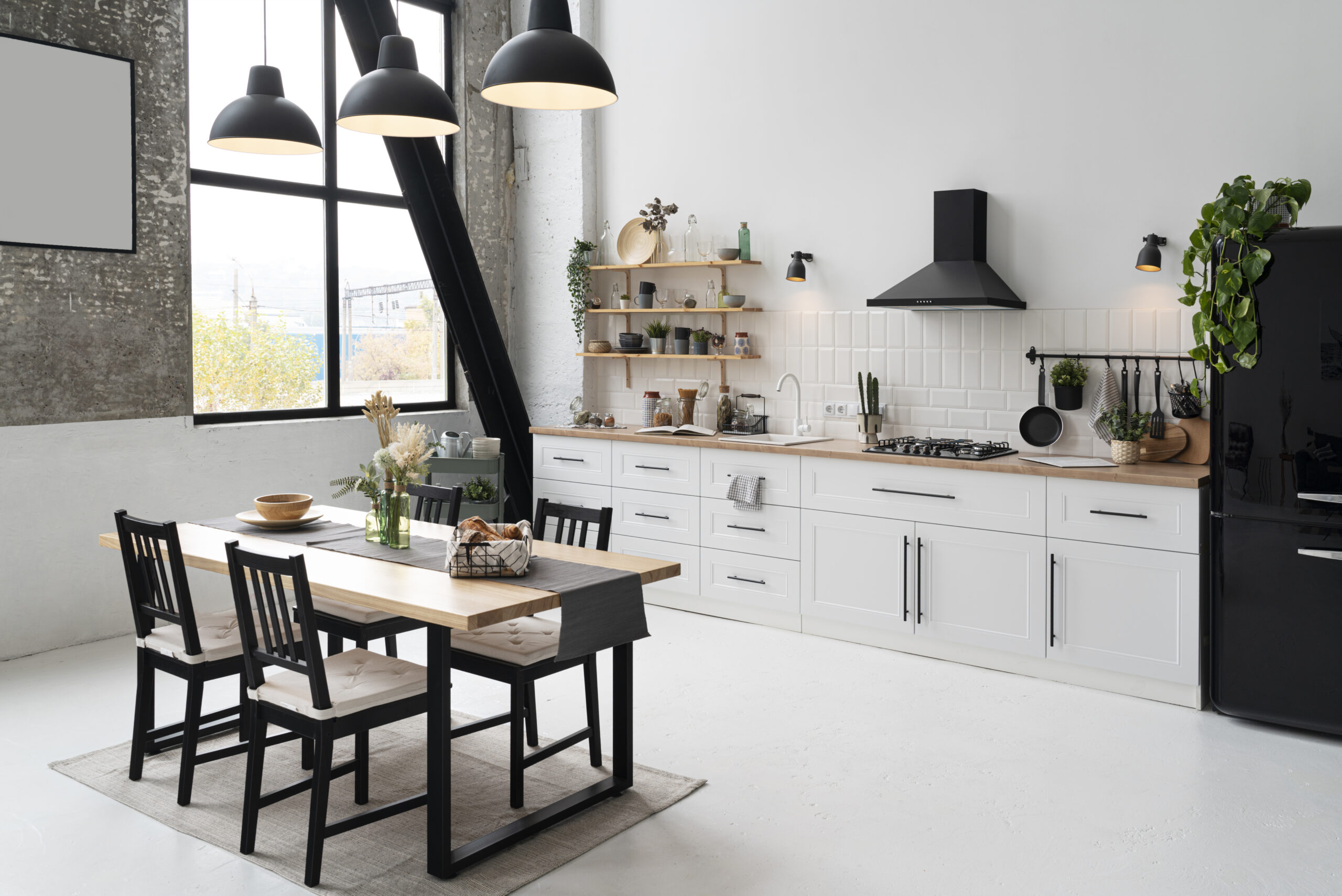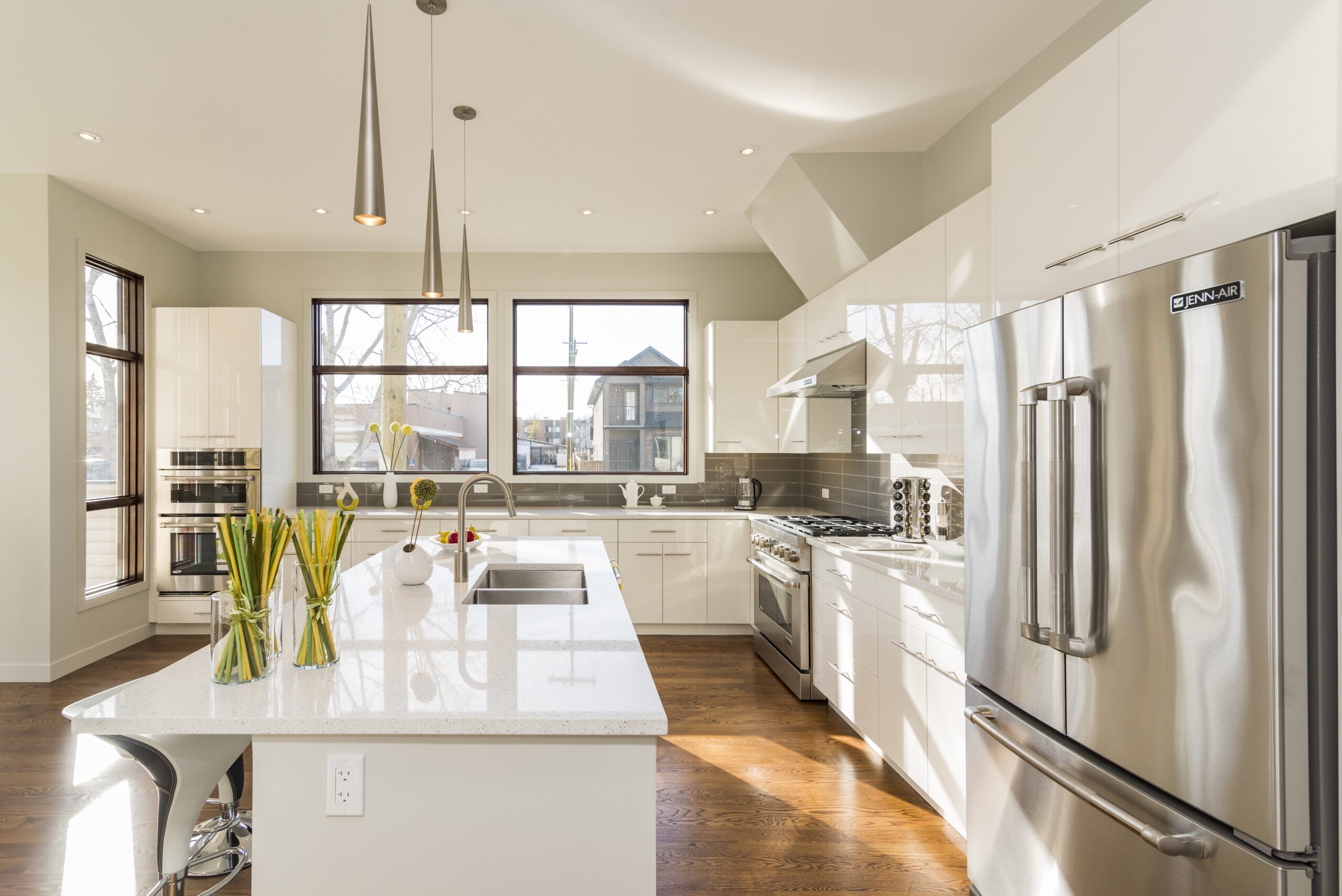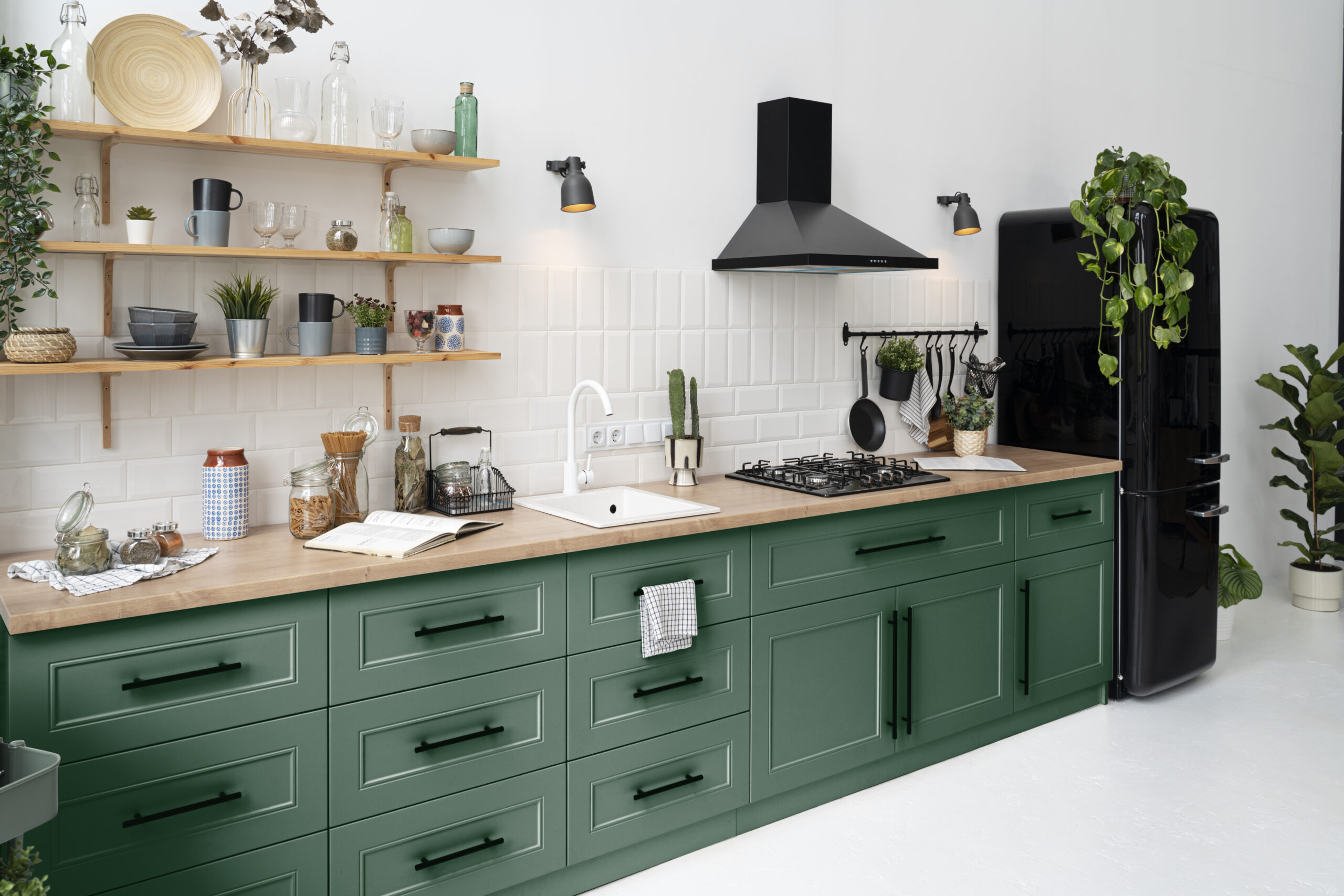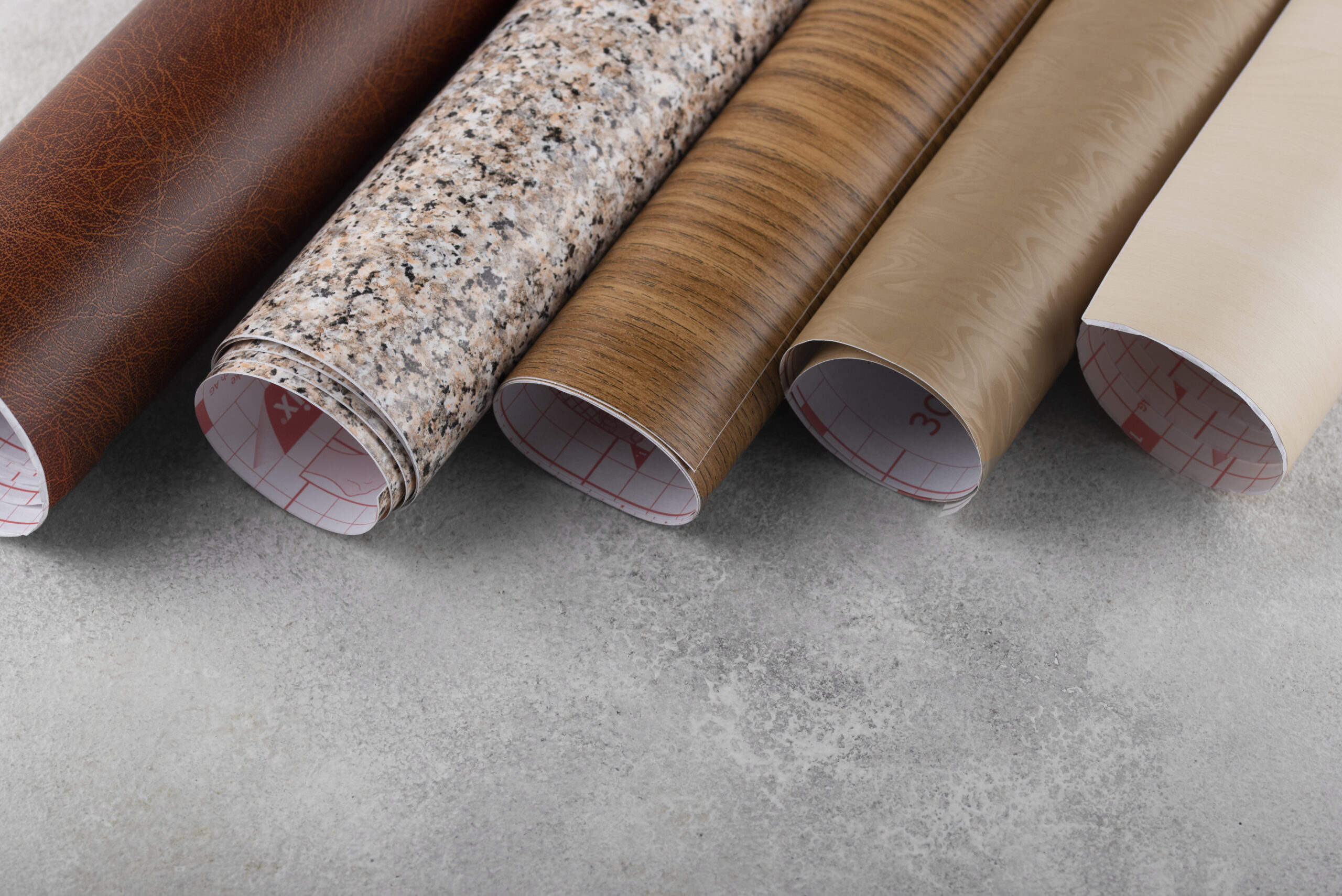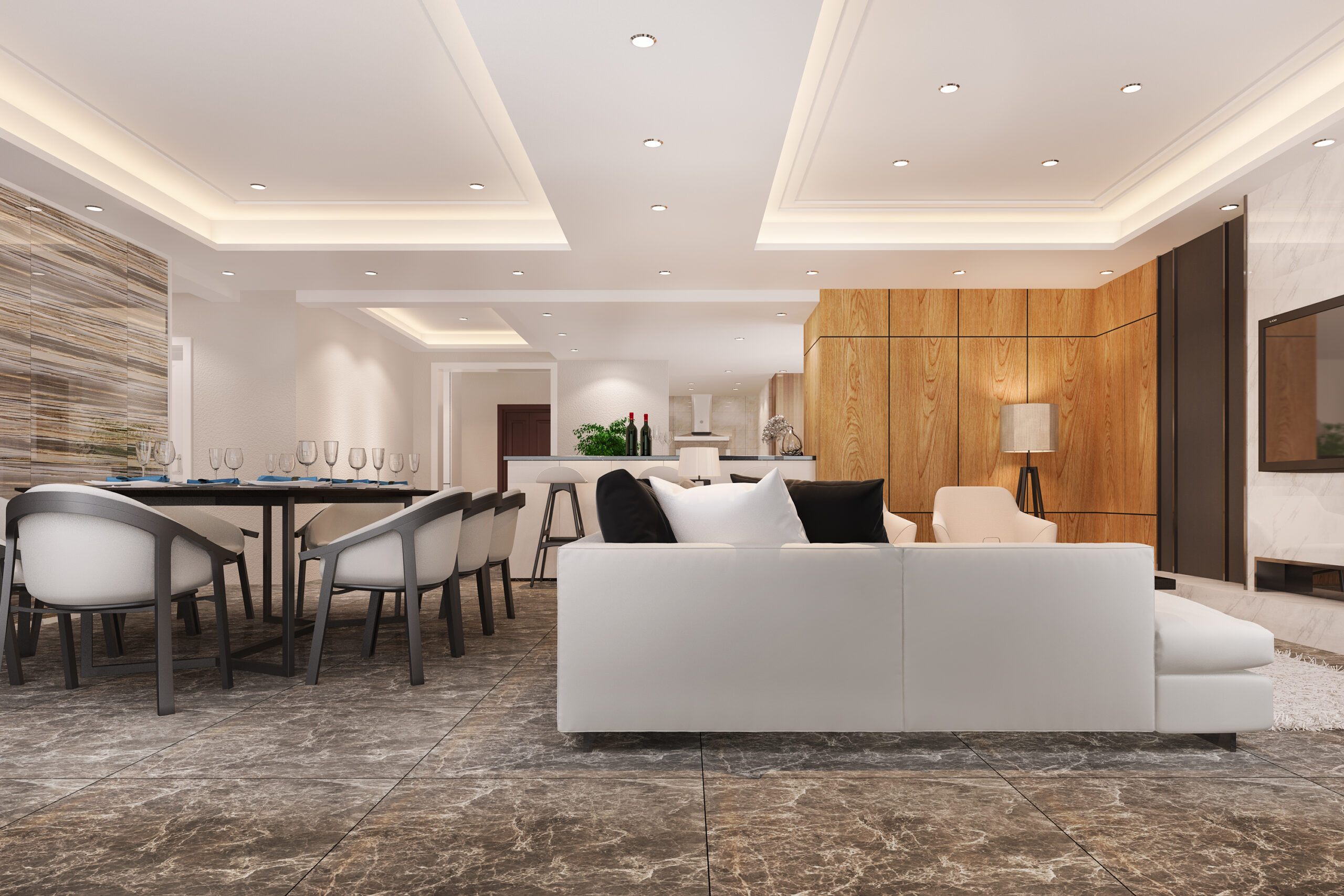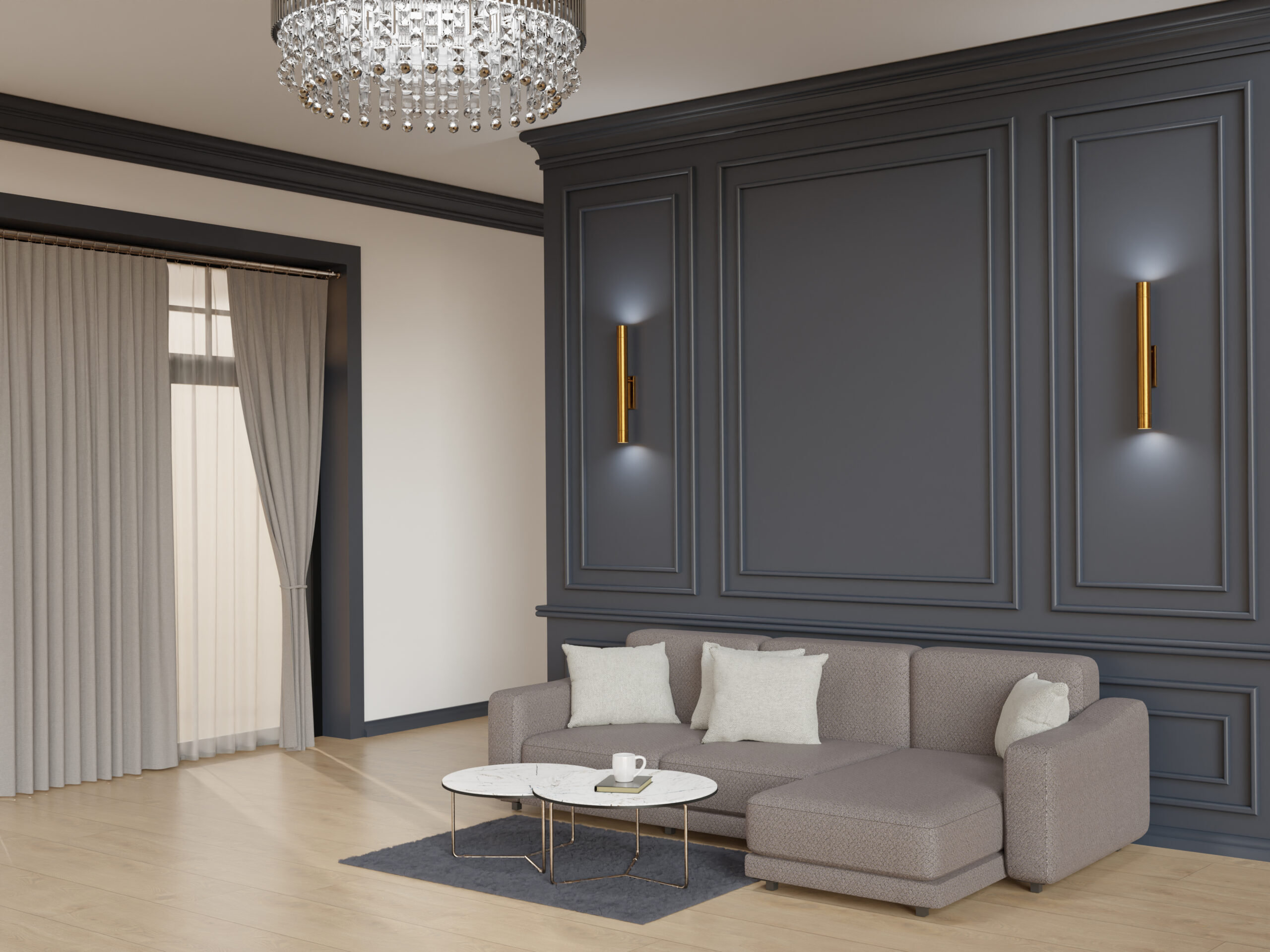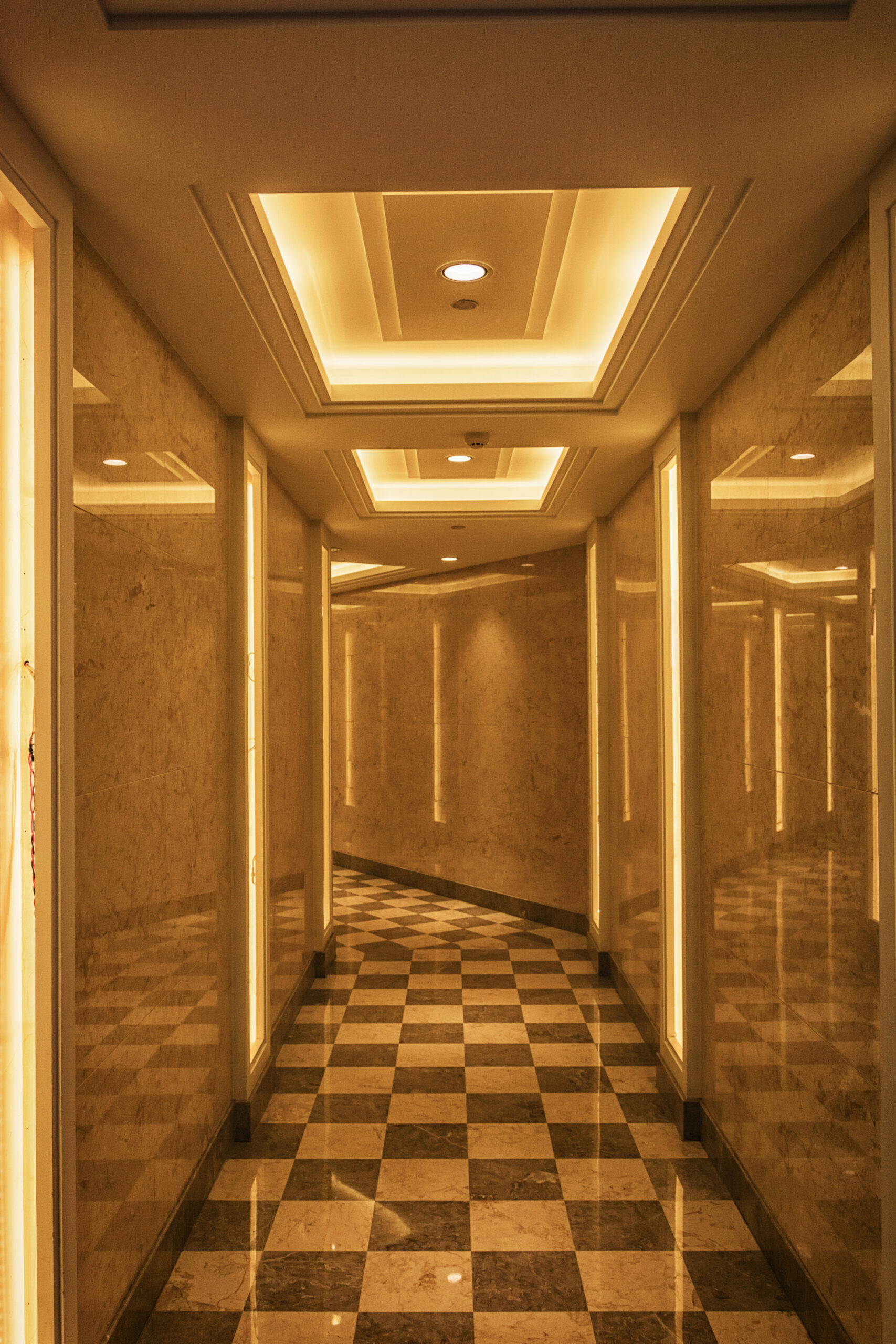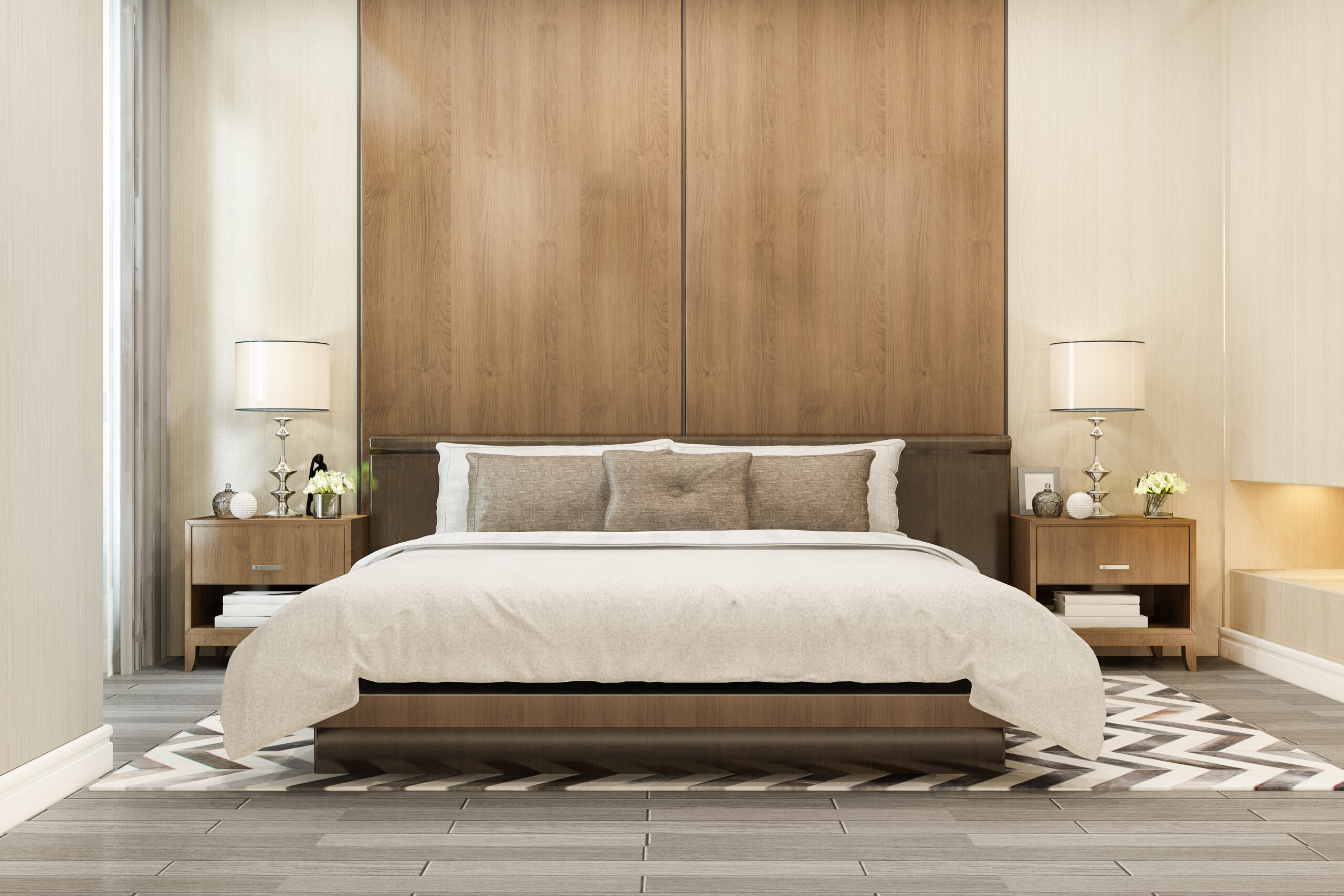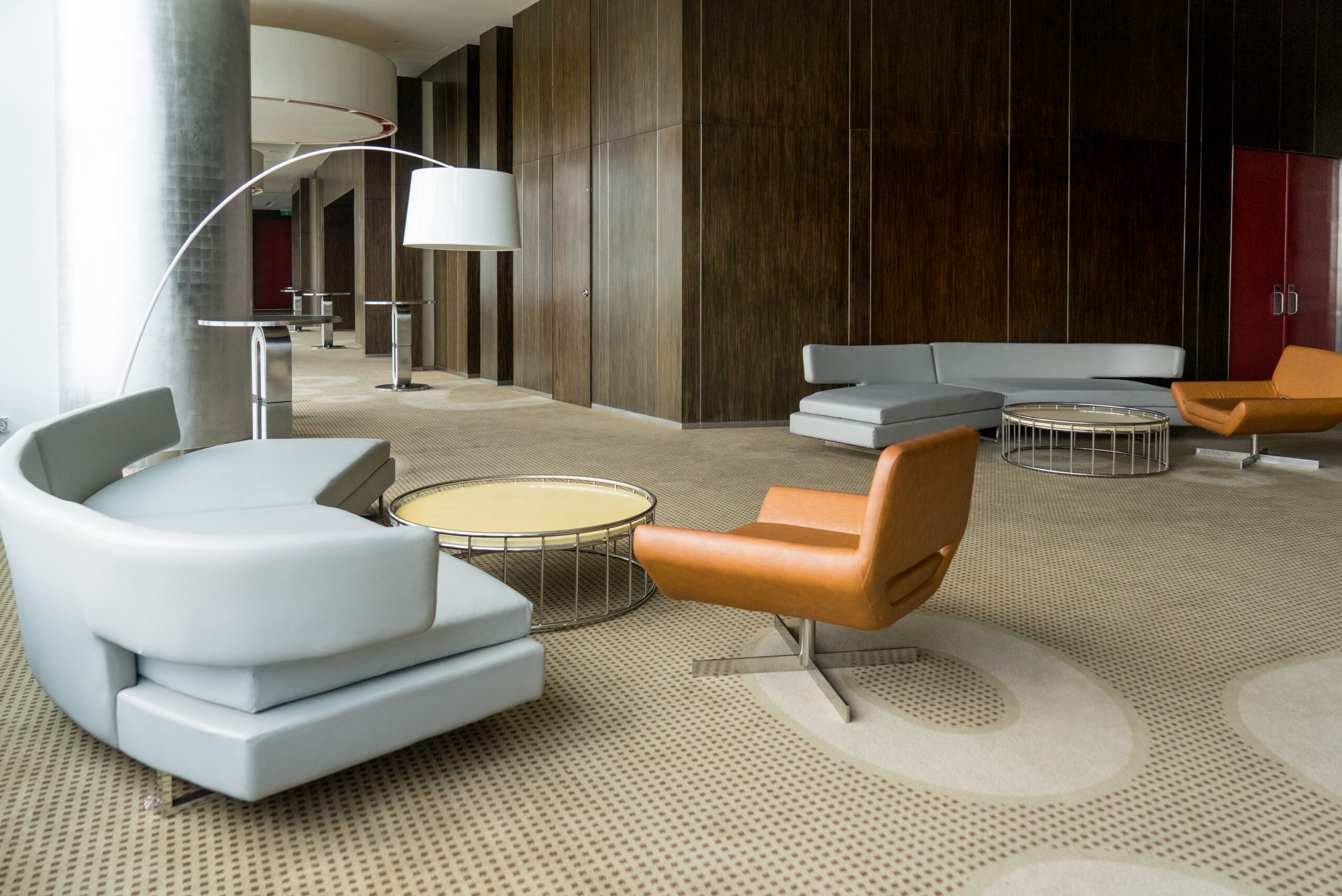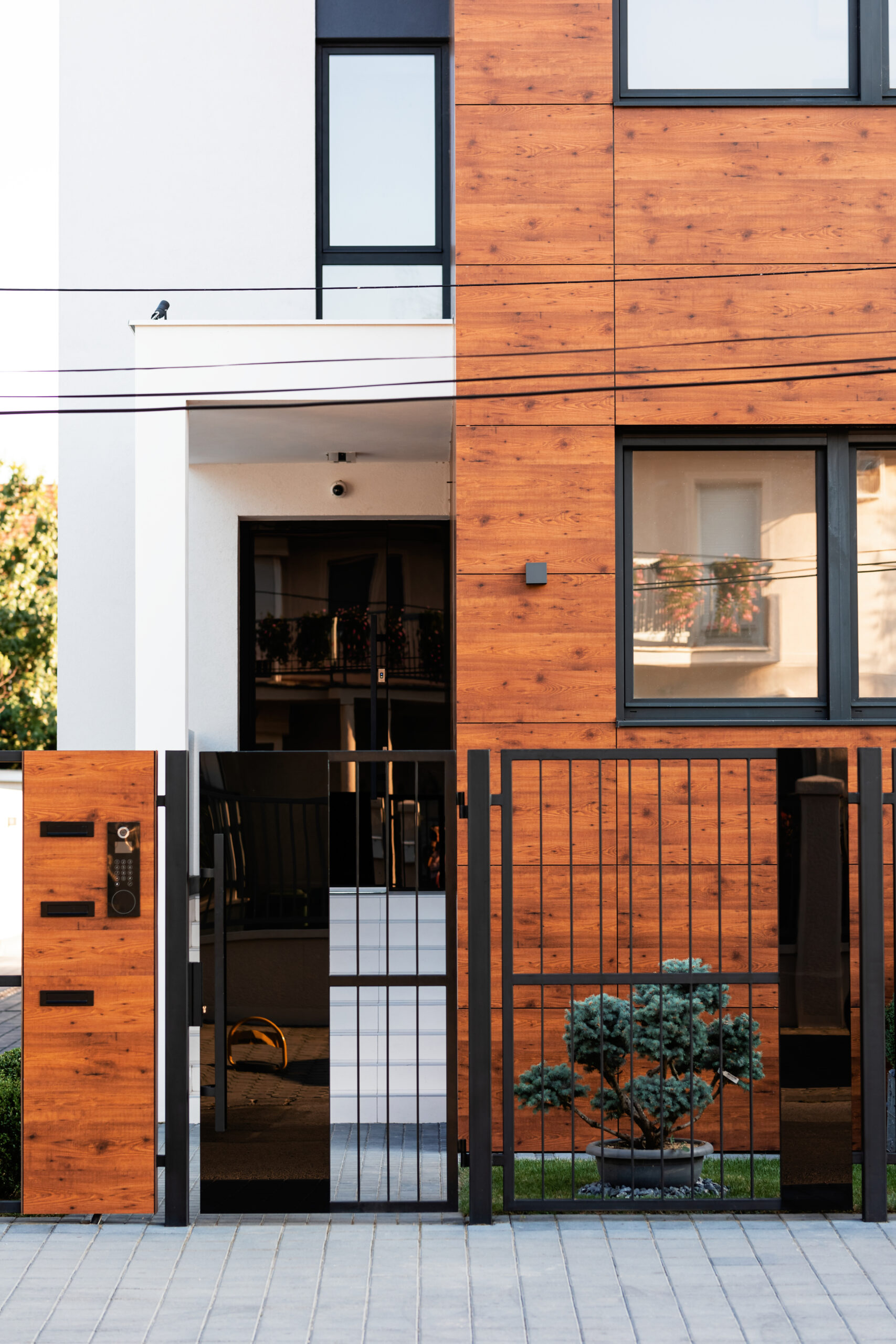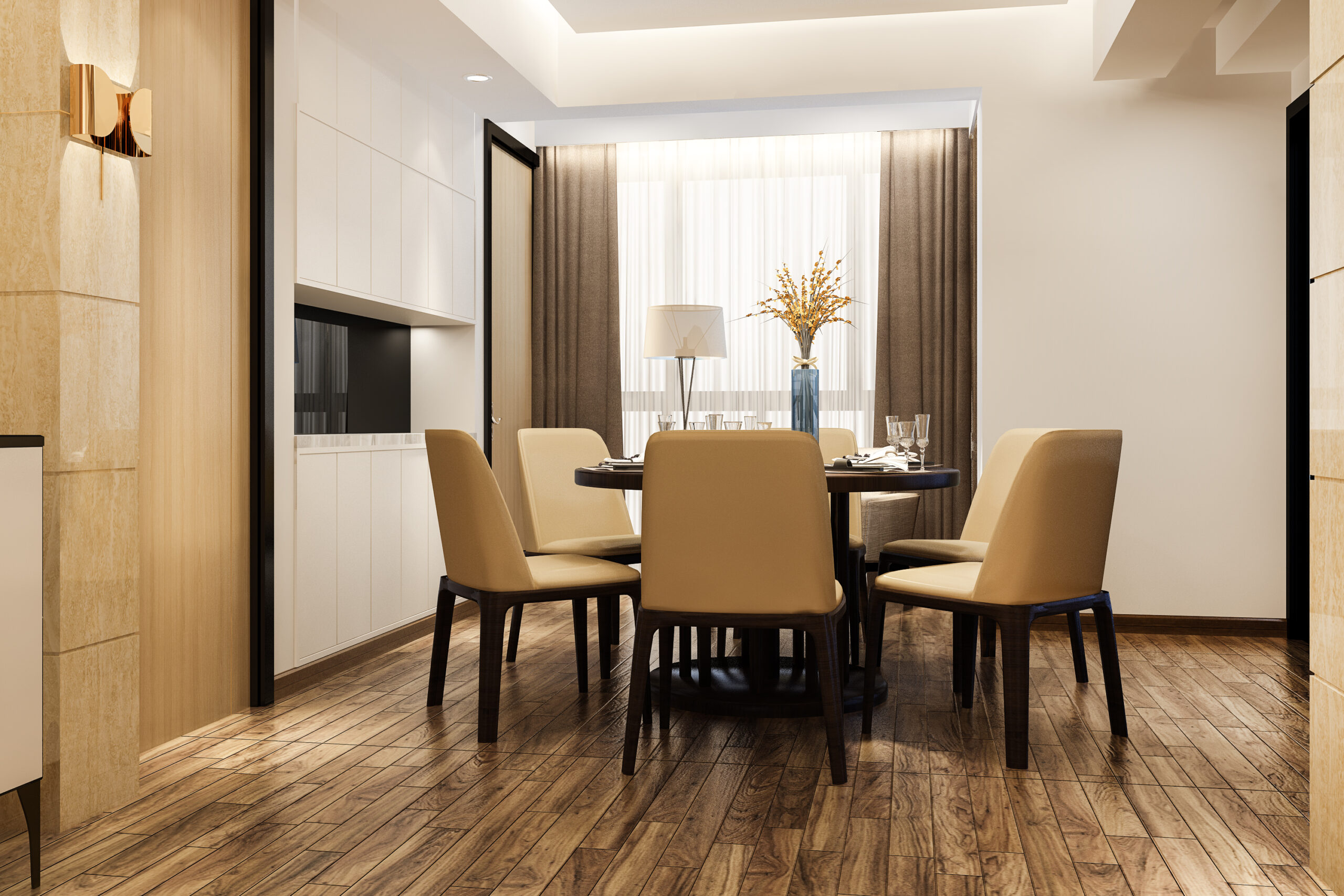Choosing Between Flush Doors and Panel Doors: Deciding What’s Best for Your Space
If you are planning to renovate your home, this will not only include choosing the design and pattern for tiles and light to achieve the desired aesthetic of your living space. It is also crucial to choose the right type of door for your space, as there are a wide variety of doors available on the market that can impact both aesthetics and functionality. When it comes to selecting the interior doors, flush doors and panel doors are the two main options. Each of the doors has its unique advantages and considerations. Before selecting the door, you must know the difference between flush door and panel door. Both the doors are different in terms of their availability, designs, properties, etc. Advance Laminates is a renowned manufacturer of laminates that provides high-quality laminates to its customers. In this blog, you will read about flush and panel doors so that you can make an informed decision according to your specific needs.
What is a flush door?
Flush doors have a simple design with a flat surface and are covered on both sides with ply or natural wood. These doors are used for both residential and commercial purposes. When there is a need for light and cross-ventilation within the rooms, flush doors work well. If you are still wondering, what is flush door? Flush doors are not divided into moldings or panels and are known for their clean and minimalistic appearance. This simplicity makes flush doors an excellent choice for modern and contemporary interiors, where a sleek design is in demand. The best option for maintaining the house’s security and privacy is a flush door. Additionally, these doors are durable and provide insulation against heat, dust, and noise.
What are panel doors?
Traditional wood joiners, such as stiles, rails, and infill panels, are used for making panel doors. These doors come in a variety of colors and designs. If you still have a question, what is panel door? Panel doors can be created from a variety of wood types, such as solid wood, MDF, or plywood, whereas solid wood or engineered wood products are used to construct the frame. For a vintage interior style, these doors add a touch of traditional elegance. They are durable and provide a sense of longevity for your space. Panel doors offer better privacy due to their added thickness and reduced noise between two rooms.
Panel door pros and cons
Panel doors are the ideal choice for residential and commercial construction. These doors come with their own set of advantages and disadvantages. Before selecting the door for your home, you must know the panel door pros and cons.
Pros of Panel Doors:
- Panel doors are known for their timeless and elegant appearance.
- There are a wide range of design options available for panel doors.
- For your home, you can choose from different panel configurations, like two-panel, four-panel, or six-panel designs, allowing for customization to suit specific preferences and architectural styles.
- Panel doors are made from various materials, like wood, medium-density fiberboard (MDF), or metal. This enables individuals to choose doors that align with their budget, durability requirements, and aesthetic preferences.
- Solid wood panel doors are durable and long-lasting.
- It is a reliable choice for interior and exterior applications.
- They can be customized to fit any design, as the architect requires.
Cons of Panel Doors:
- Wooden panel doors require more maintenance as compared to other door types. Regular painting or sealing is essential to protect the wood from moisture.
- High-quality panel doors are made from solid wood, so they are more expensive than other door options. Hence, the cost of the doors includes the initial purchase as well as the ongoing maintenance expenses.
- Solid wood panel doors can be heavier than their hollow-core counterparts. This weight may pose challenges during installation and can impact the overall functionality of the door, especially in areas with frequent use.
Flush Door Pros and Cons
Flush doors are the ideal choice for modern interiors, offering a sleek and minimalist aesthetic. Before you get confused between the two doors, just have a look at the flush door pros and cons.
Pros of Flush Doors:
- Flush doors are known for their clean and contemporary design. They seamlessly blend into modern interiors, providing a smooth and flat appearance.
- These doors are incredibly versatile and can be used in both residential and commercial spaces. Their simplicity makes them adaptable to different interior styles.
- Flush doors are more affordable than panel doors, which makes them an economical choice for those on a budget without compromising on style.
- The smooth, flat surface of flush doors makes them easy to clean and maintain. Regular dusting and occasional wiping are usually sufficient to keep them looking new.
- Homeowners can choose from a range of finishes, such as veneer, laminate, or paint, that allow for customization to match the overall design scheme of the space.
Cons of Flush Doors:
- Flush doors are durable, but their longevity depends on the quality of the construction, as low-quality flush doors are prone to damage.
- As compared to solid wood doors, flush doors offer less insulation against sound and temperature.
- If a flush door sustains damage, repairs can be more challenging as compared to traditional panel doors.
- These doors lack the decorative elements that are found in some traditional door styles.
Aesthetics and Design Comparison
In terms of aesthetics and design, the differences between flush doors and panel doors are as follows:
The appearance of flush doors is more minimalistic and contemporary, with a single flat surface. Because of their modest look, they work well in various home designs to provide appealing simplicity. This door is appropriate for creating clean lines. The most important aspect of selecting this door depends on personal preference.
A flush door’s face is flat on both sides without any panels or mouldings. It is made of a wooden framework with a solid engineering core made of laminated wood that is covered in plywood or MDF. These doors have smooth surfaces on both sides, which can be finished in a variety of colors or patterns by using paint, veneers, or laminate.
Paneled doors are a wonderful way to update the look of your house because they have more visual appeal. Their complex stiles-and-rails design enables molding and beading details, producing an appealing door that instantly draws attention to it in any space. These doors are a popular choice for heritage due to their timeless aesthetic appeal. Paneled doors are also a consumer favorite because of the wide variety of options available.
For constructing panel doors, a variety of parts are used, like rails, stiles, and infill panels. Stiles are the vertical wood lengths positioned on both sides of the door, and rails are the horizontal wood lengths that cross the top and bottom of the door.
Versatility in Applications
In terms of application versatility, flush doors vs. panel doors.
Flush doors can be used in both commercial and residential locations. They can be painted or veneered to fit any desired aesthetic, and they integrate well with a variety of architectural styles. Finish options are flexible with flush doors. Paint, stain, laminate, or natural wood finish—flush doors can be customized to match your preferred style.
Panel doors have a lot of design options, with different panel layouts, profiles, and decorative design themes to pick from. Because of its versatility, you can discover a panel door that perfectly matches the traditional, transitional, or diverse interior design you’ve always wanted.
Cost Comparison
When you are planning to renovate your home, the cost plays a pivotal role in decision-making. The difference between flush doors and panel doors reveals distinct cost considerations that can impact your home project budget.
Flush doors are frequently chosen because they are affordable. Their simple design and easy-to-install nature keep the costs down. Homeowners on a budget appreciate flush doors, as they do not have to compromise on style.
Panel doors are more expensive than flush doors because of their designs and solid wood construction. The level of wood quality, craftsmanship, and detailing affect the price. Panel doors have a classic elegance, and homeowners who value a traditional look are more likely to choose them.
Flush doors are the more budget-friendly option for those seeking an economical but stylish solution for their interior spaces.
Installation and maintenance
In terms of installation and maintenance, flush doors vs. panel doors
The flush doors weigh less and are simple to install. On the other hand, the panel door is heavy, and installation requires assistance from a qualified person.
A flush door is easy to maintain. It requires less time to maintain and is simple to clean. On the other hand, the panel doors have grooves where dust can collect easily, and it requires more time to clean.
Durability and longevity
The durability and longevity of interior doors are important factors in determining their suitability for various spaces. When you are finding out the difference between flush doors and panel doors, distinct characteristics come into play.
Flush doors are well-known for their durability, as they are constructed with high-quality materials like solid core or engineered wood. This minimizes the risk of wear and tear, and these doors are less prone to cracking or warping. Regular maintenance, like cleaning, will extend its lifespan.
Panel doors consist of raised panels, are made from solid wood, and are strong and durable. The use of hardwoods improves their durability, and they become more resistant to damage. Panel doors are more prone to wear over time due to joints. A longer lifespan may be guaranteed, and any problems can be reduced with proper maintenance, which includes sealing and refinishing.
Hence, both flush doors and panel doors can offer durability, but flush doors require less maintenance while panel doors require proper maintenance.
Choosing Based on Space and Style
The choice between flush doors vs panel doors depends on the space and the desired interior style. Each door has distinct qualities and influences the overall ambiance of a room.
Flush doors are perfect for spaces where a modern and minimalist look is desired. Their clean lines make them suitable for modern areas with limited space, providing a smooth appearance. These doors are well-suited for those who want simplicity and a streamlined look.
Panel doors are perfect for rooms where a traditional or formal atmosphere is desired. The architectural detailing, raised panels, and intricate designs of panel doors enhance the visual appeal of larger spaces. Panel doors contribute to a sense of elegance for individuals seeking a classic, timeless appeal.
In essence, the selection between flush doors and panel doors is a deliberate choice based on the specific requirements and aesthetic preferences of the space, ensuring that the doors seamlessly integrate into the overall design scheme.
Conclusion
The selection of doors between flush doors and panel doors depends on your personal preferences, the overall style of your home, and your budget. If you prioritize a sleek and contemporary look with cost efficiency, flush doors are perfect for you. On the other hand, if you appreciate classic elegance and are willing to spend more money, then panel doors could be the perfect fit. Before making a decision, consider the interior style of your space, the level of maintenance, and your budget. Whether you opt for flush doors or panel doors, when you buy from Advance Laminates, the leading manufacturer of laminates in India, you can significantly enhance the overall aesthetics of your home as they provide premium-quality laminates.
FAQs
1. What is the difference between a panel and a flush door?
The difference between flush doors and panel doors is that flush doors have modern and minimalist designs with smooth, flat surfaces. They are more affordable and easier to maintain. On the other hand, panel doors have a decorative look with a traditional and classic style. These doors add a touch of elegance, as they have the panels on the surface. They are more expensive than flush doors, and regular dusting is required to make them clean.
2. What is a panel door?
Panel doors are a type of door that has a decorative and structured design. These doors have recessed panels on one or both sides. If you still have a query, “What is panel door” then the answer is that panels are created by framing sections of the door with additional molding, giving the door a multi-dimensional appearance. These doors contribute to a wide range of design possibilities, and the common panel configurations include three-panel, four-panel, and six-panel doors. Each of the designs has its own distinct aesthetic. These panels are not only decorative but also add strength and stability to the door.
3. What does a flush door mean?
A flush door has a smooth and flat surface without any raised or recessed panels. If you want to know “what is flush door?” in detail, then the answer is that flush doors have a sleek and minimalist appearance and are well-suited for modern architectural styles. These doors are used in both residential and commercial settings, providing a clean aesthetic. They are available in different materials, such as wood and medium-density fiberboard (MDF). These doors are very easy to clean and maintain.
4. Can we use the flush door as the main door?
Yes, flush doors can be used as main doors, and they offer a clean and contemporary aesthetic, making them suitable for modern home designs. Their smooth, flat surface contributes to a minimalist look that can complement a range of architectural styles. Homeowners choose this door because it aligns with their preferences and budget and ensures the door’s durability and resilience. Flush doors function as both stylish and functional main doors.
5. Which type of flush door is best?
The best type of flush door is a solid-core flush door, as these doors are composed of solid blocks of material like particleboard, hard timber, or MDF. These doors offer a timeless appeal and are known for their durability and noise insulation. These doors are easy to install and also require less maintenance. According to your interior style and budget, determine which type of flush door aligns best with your needs.

